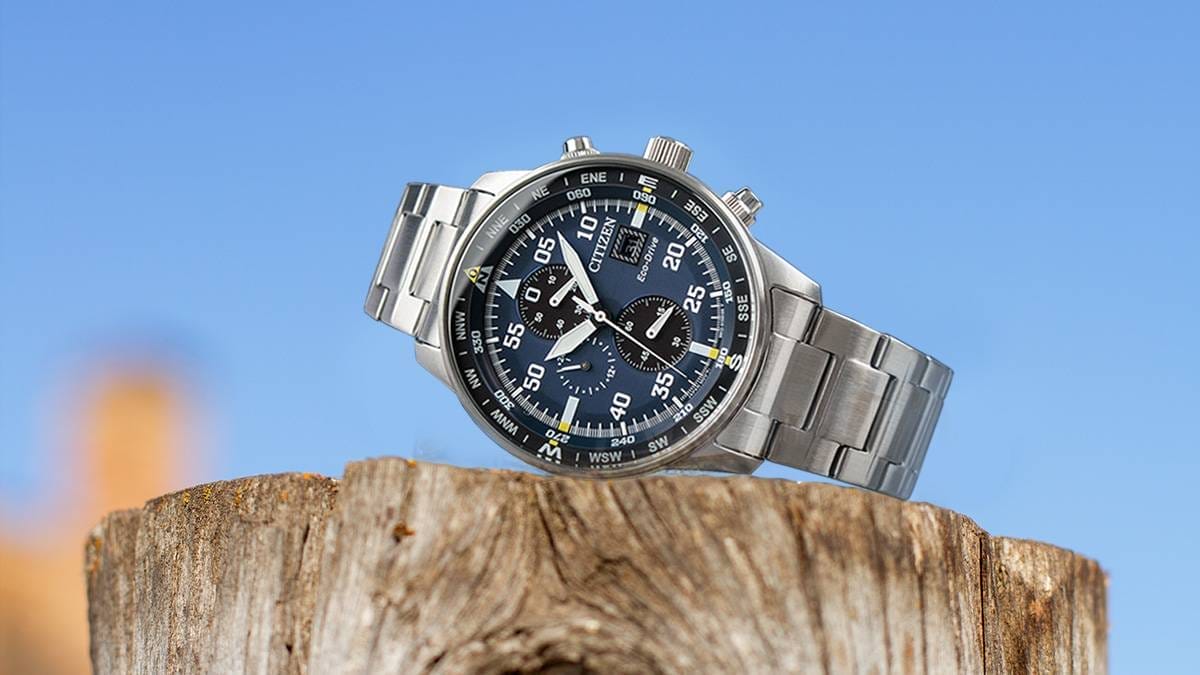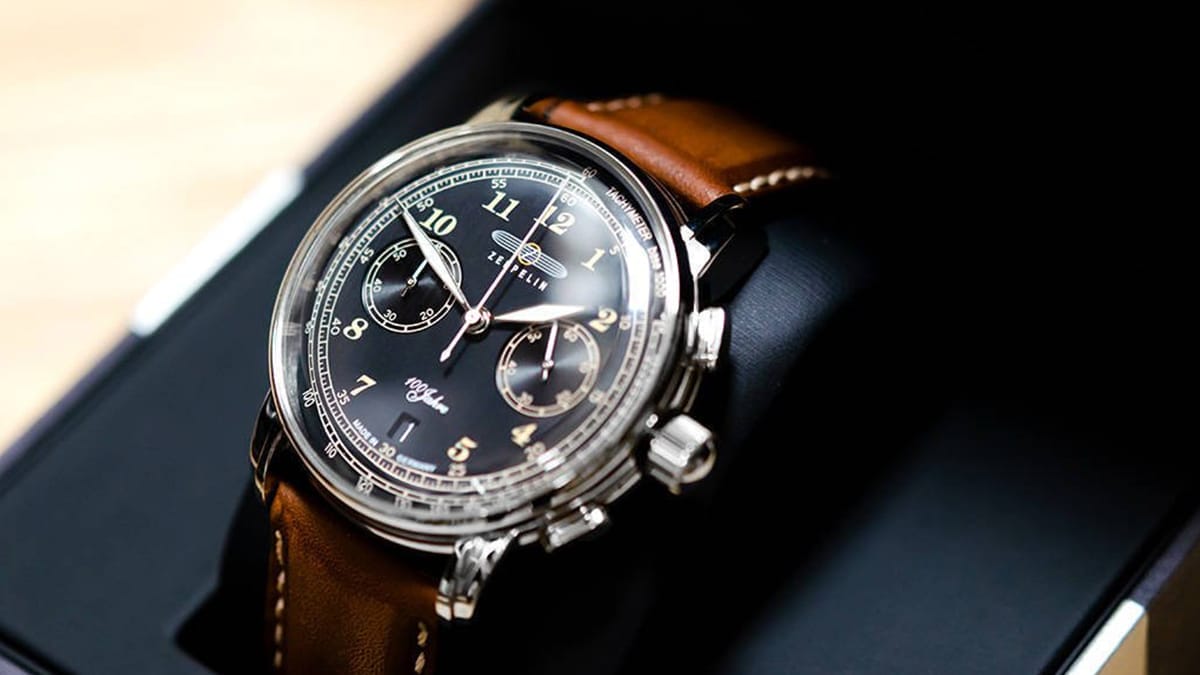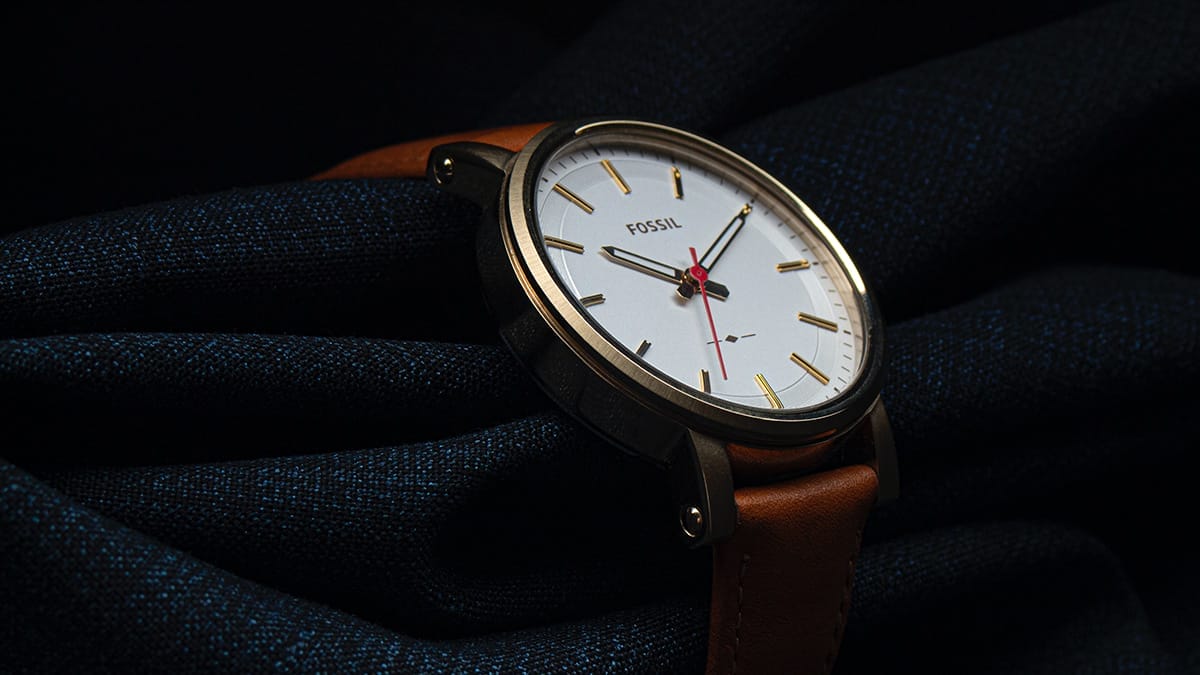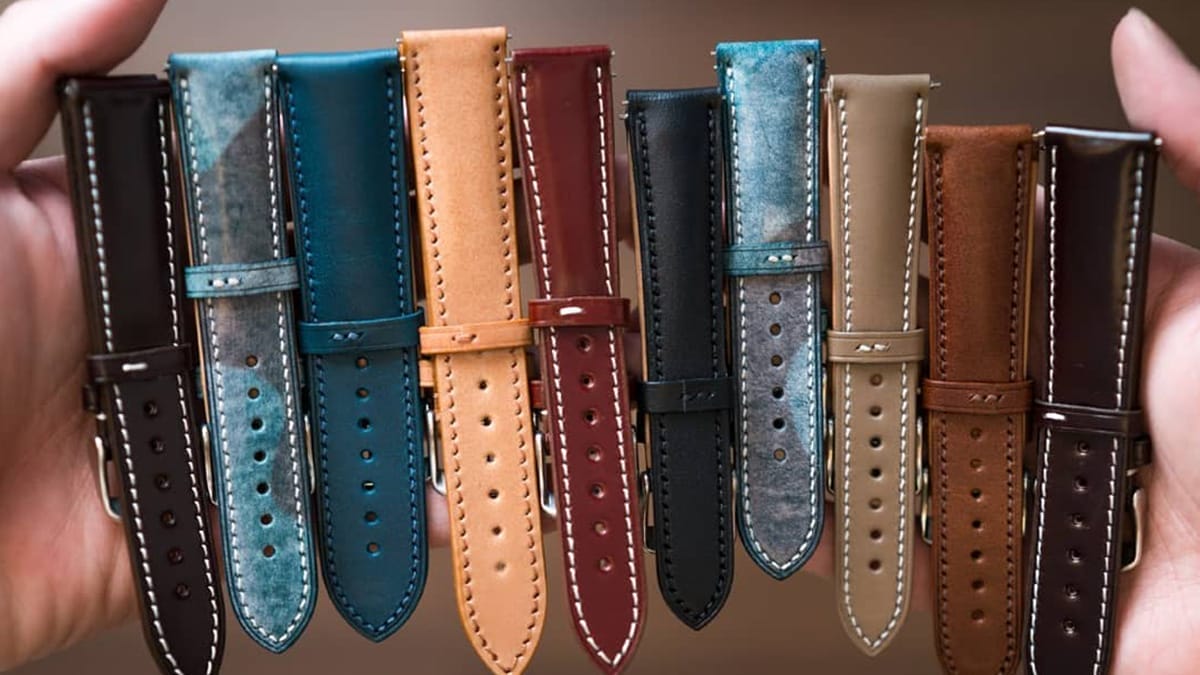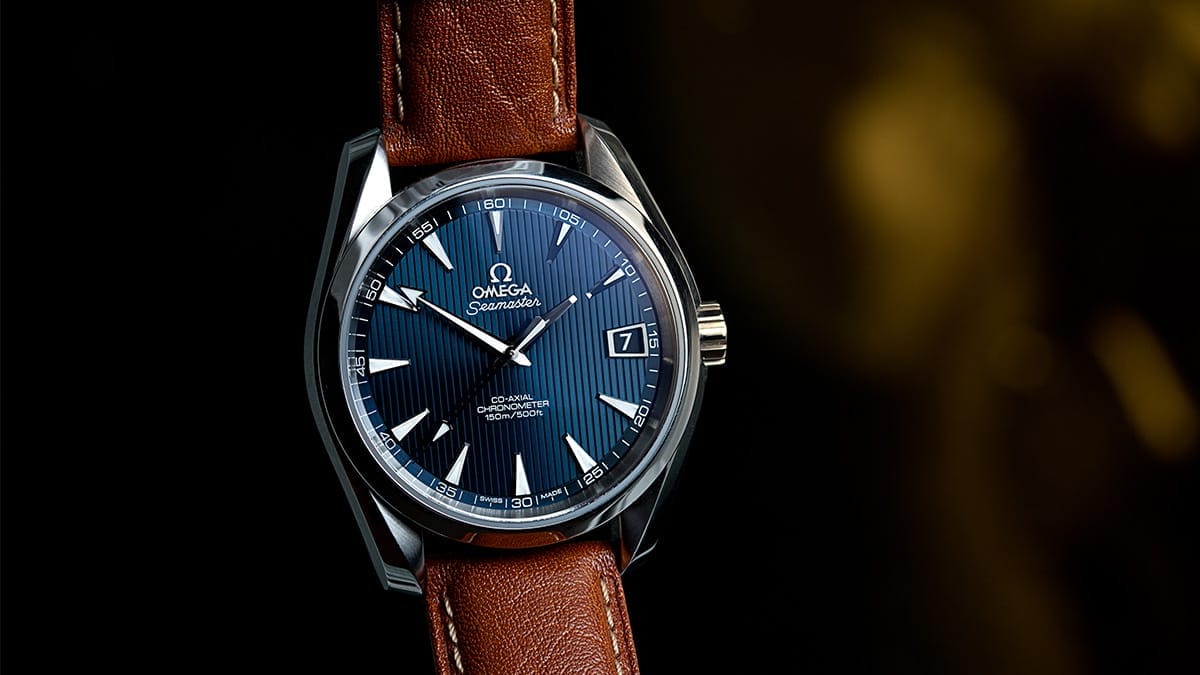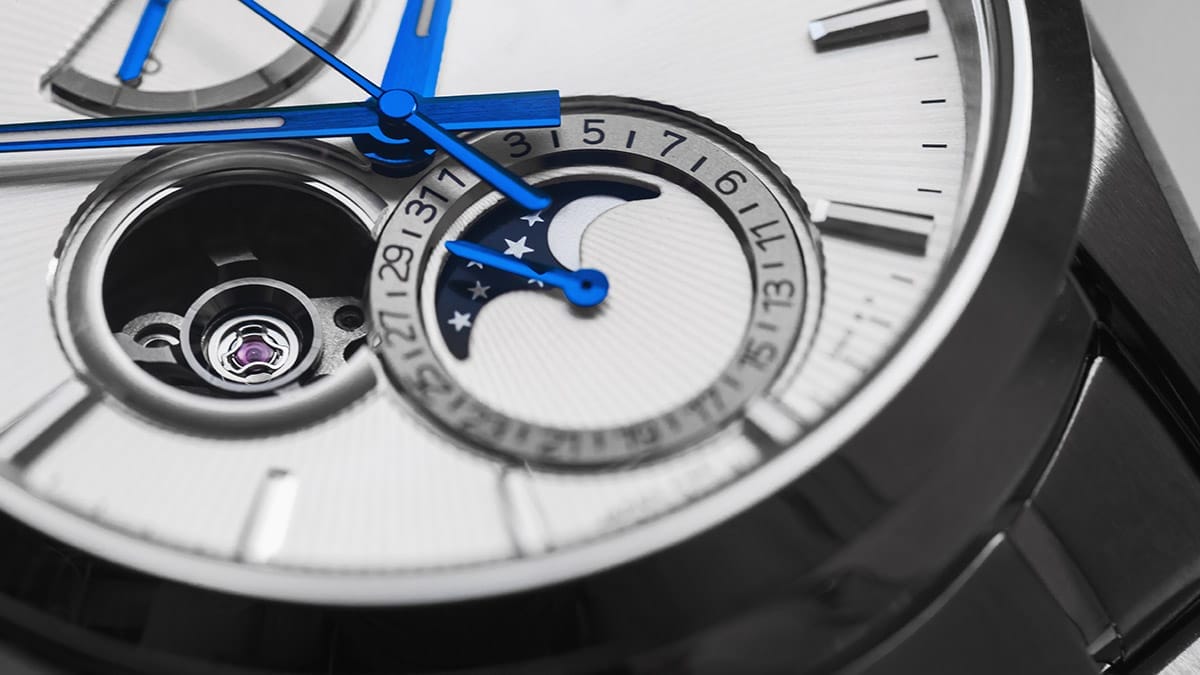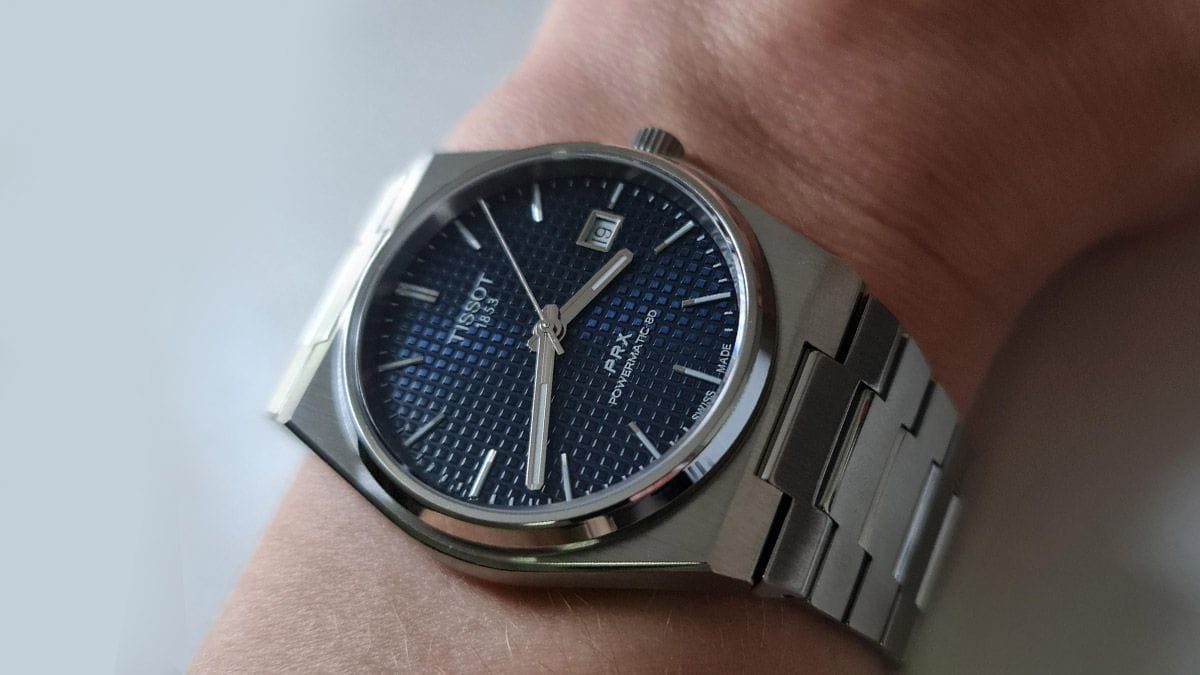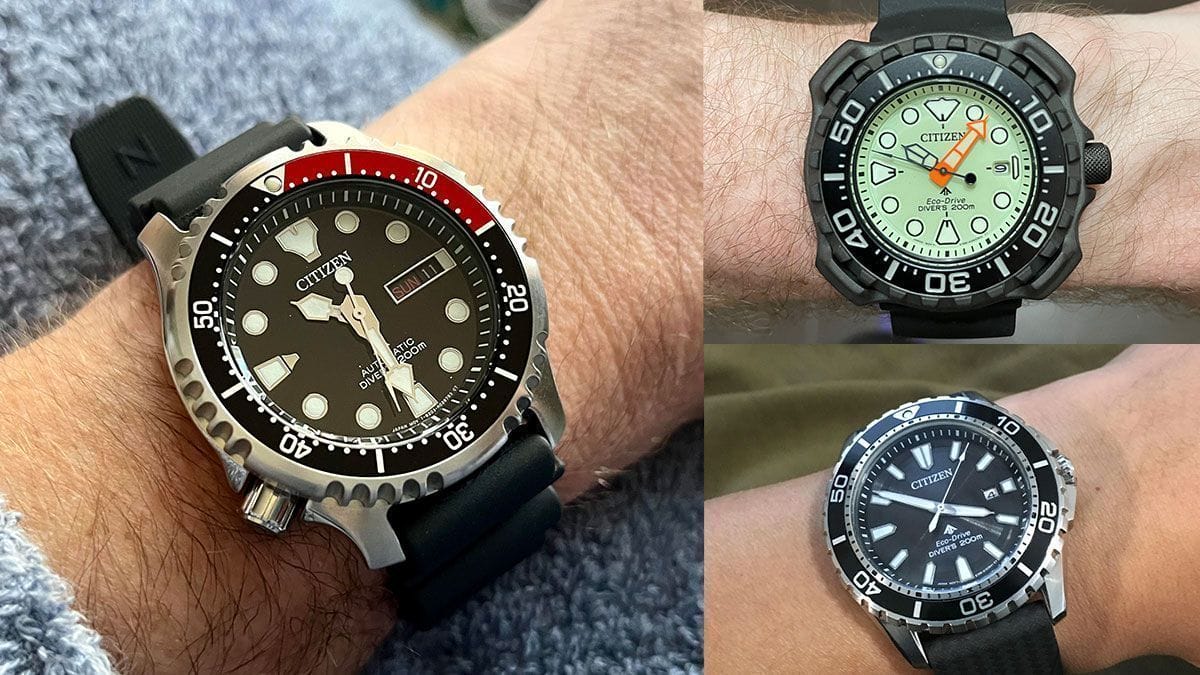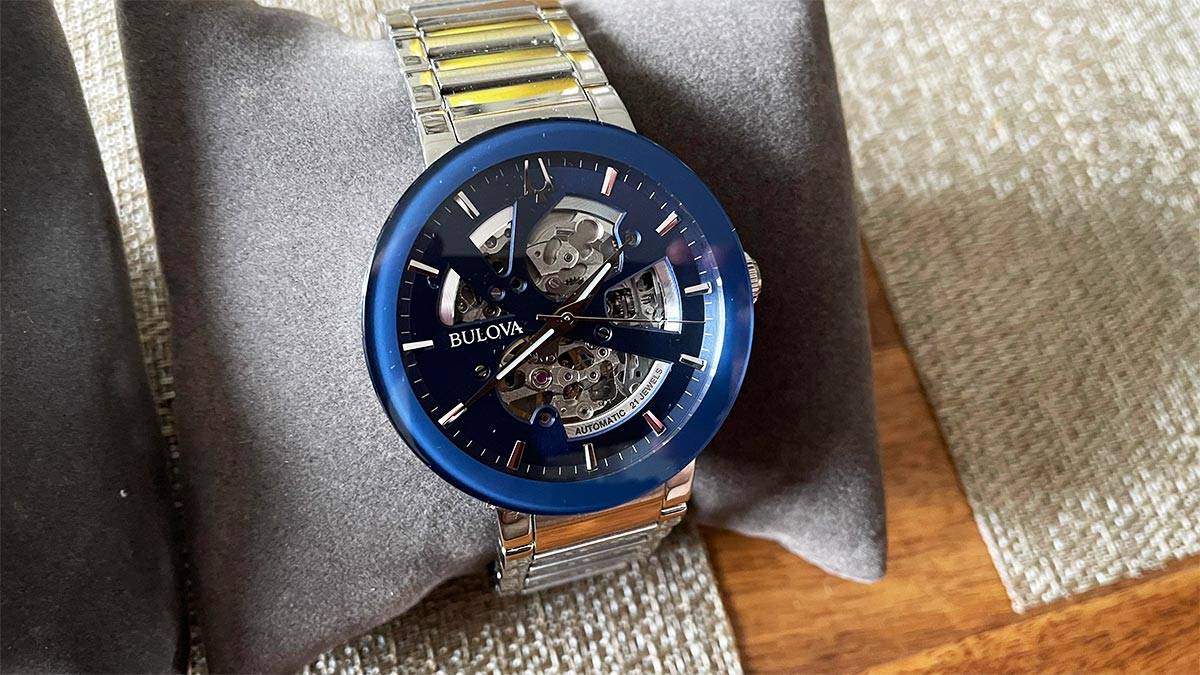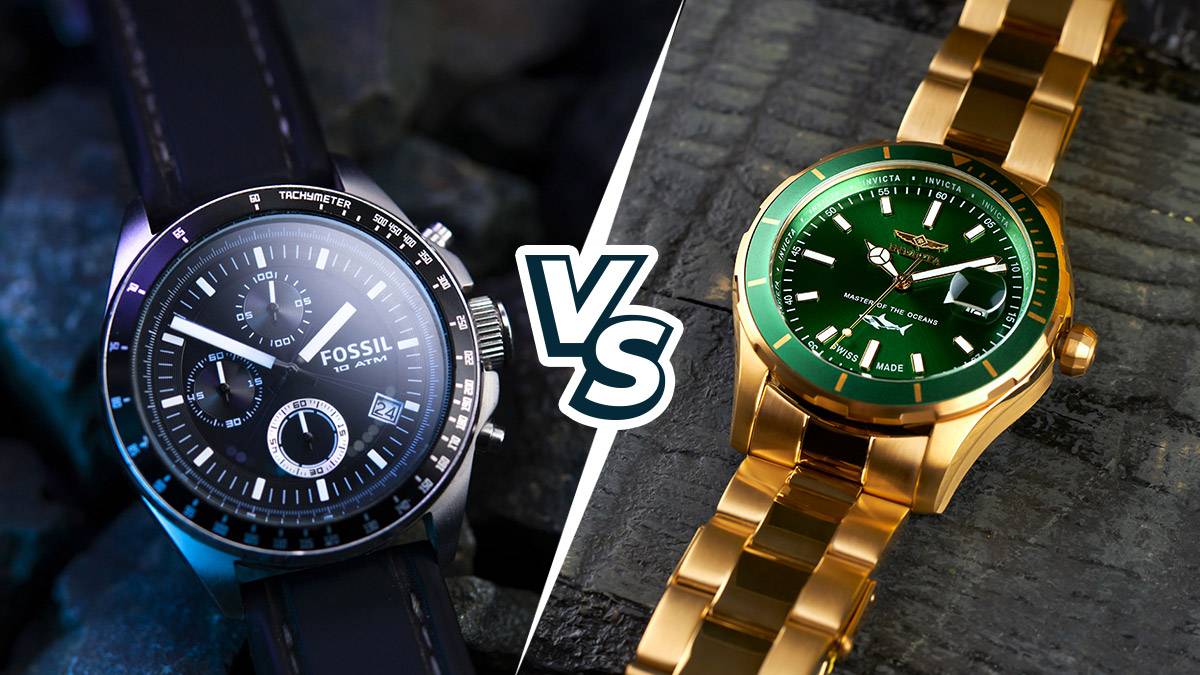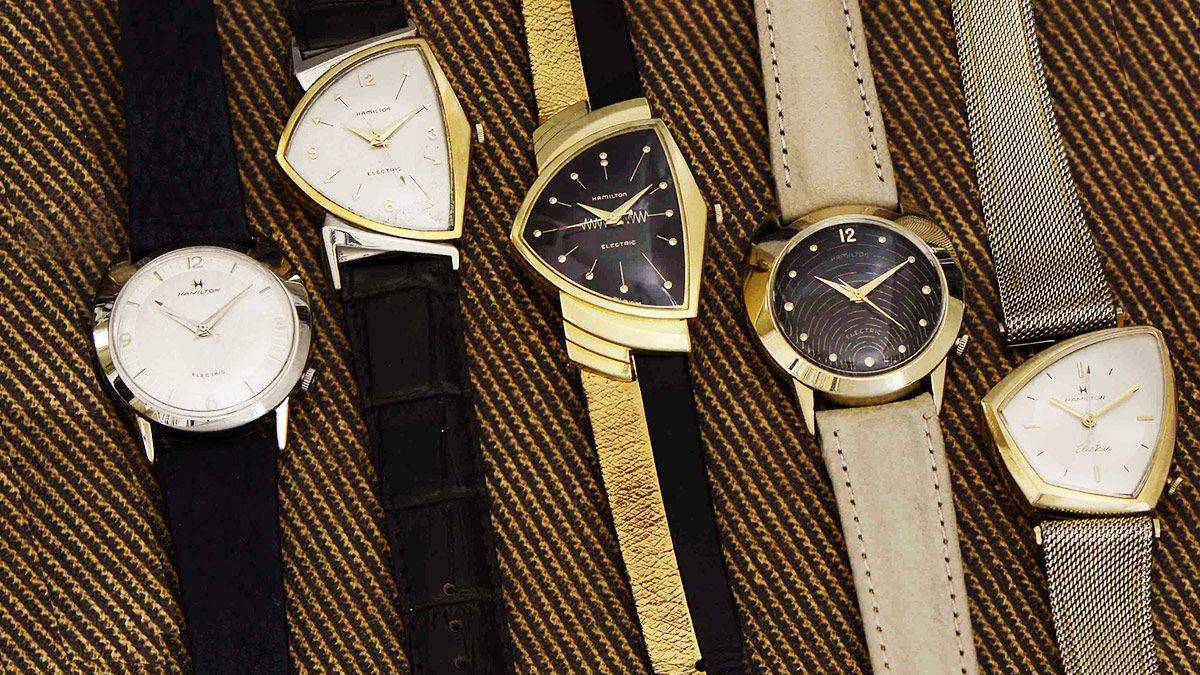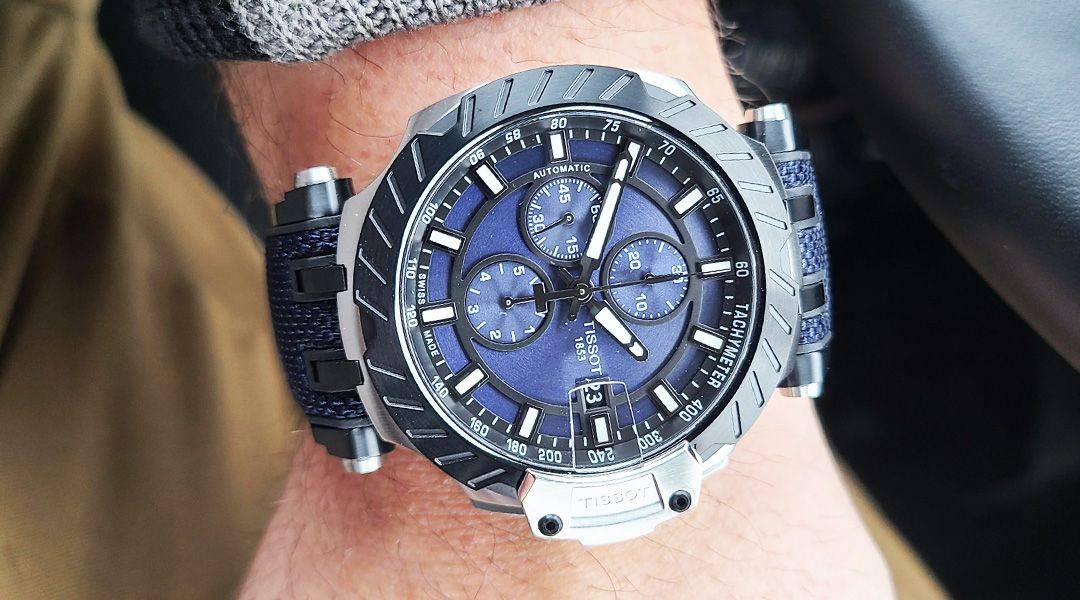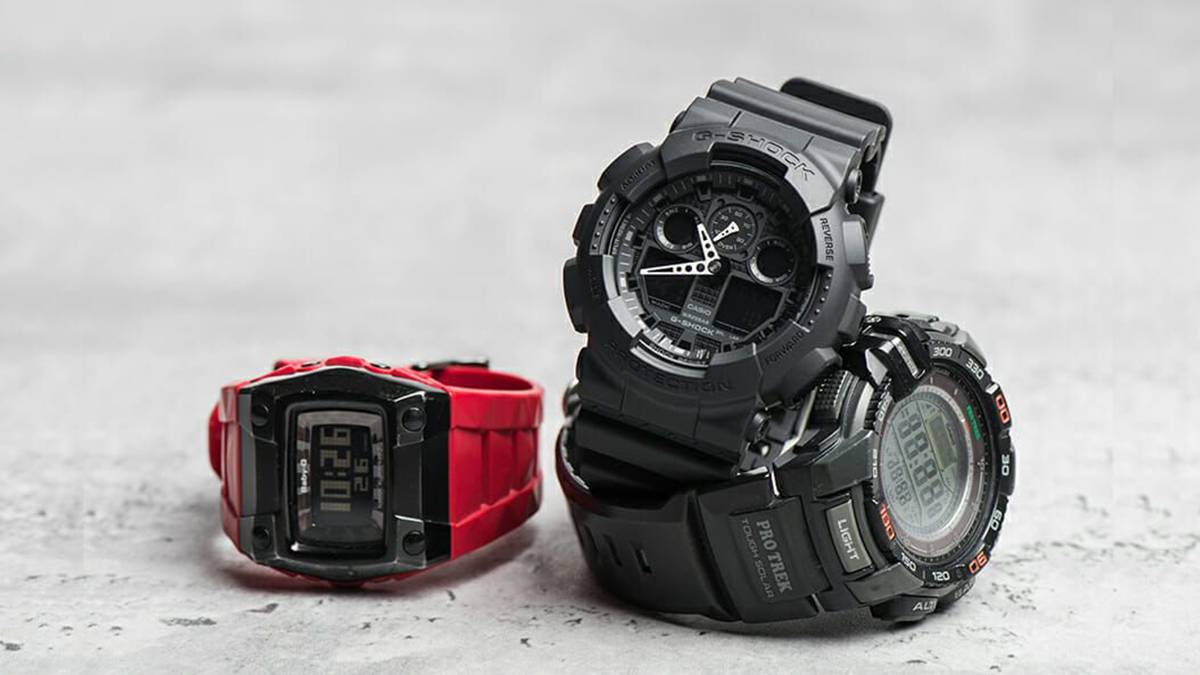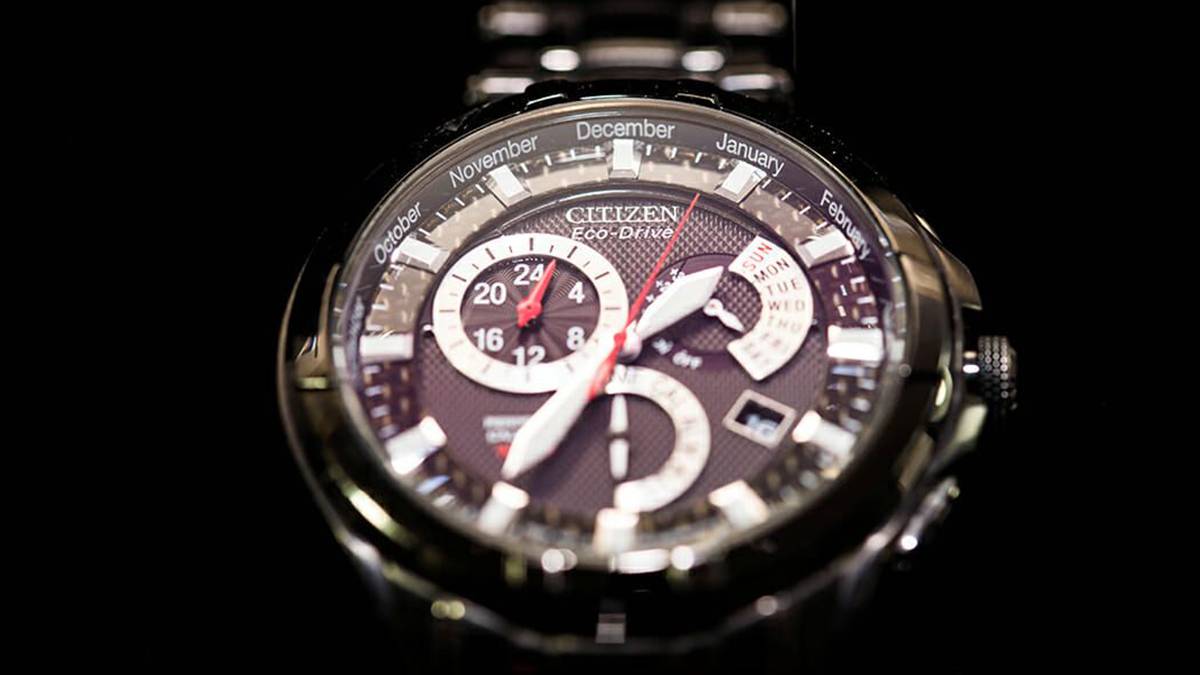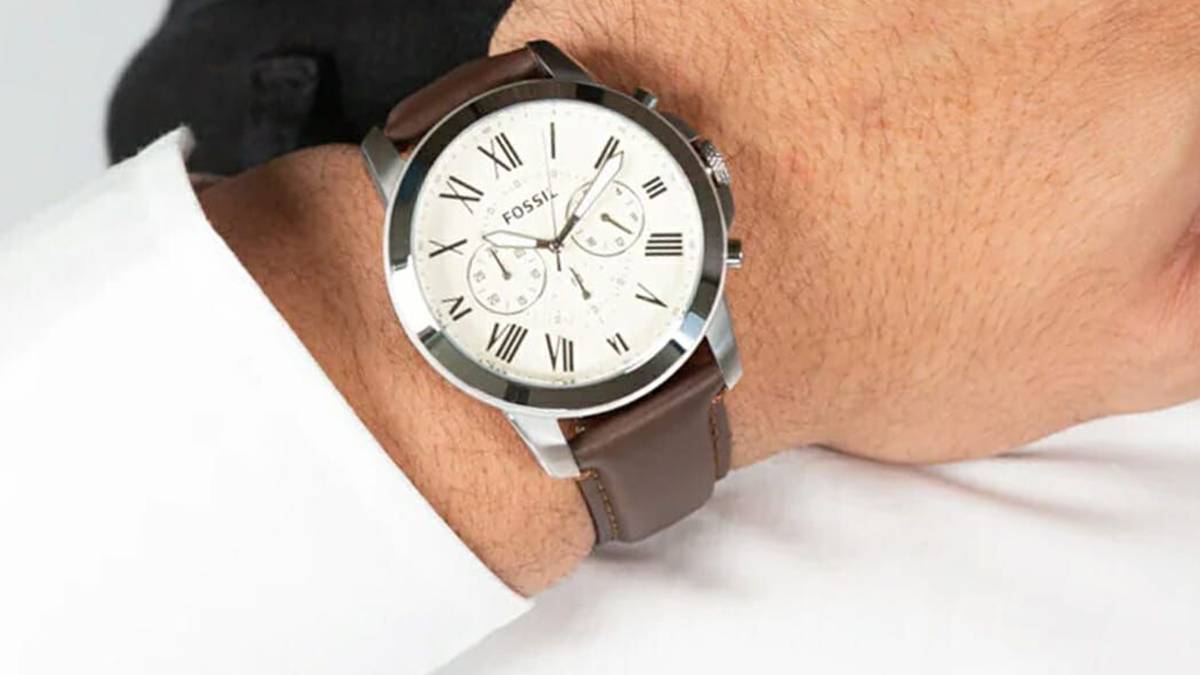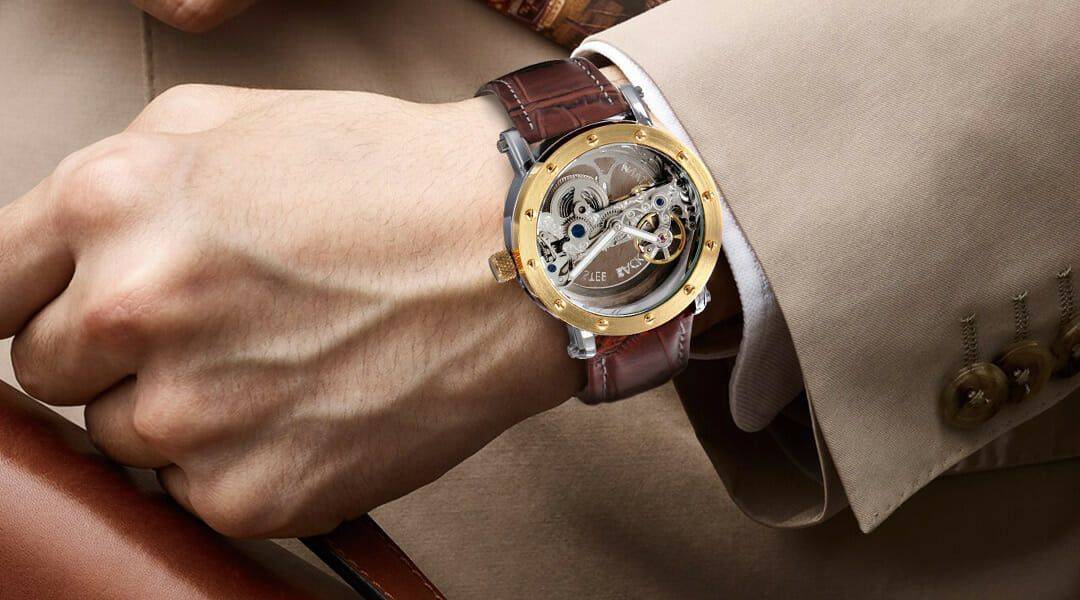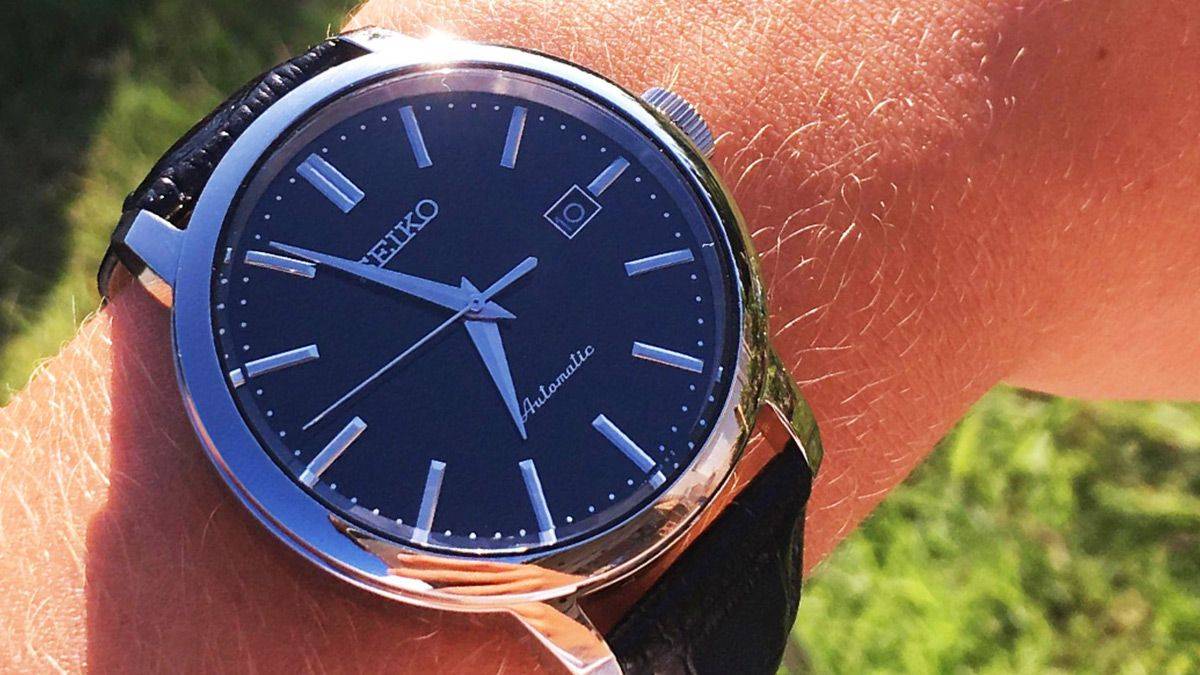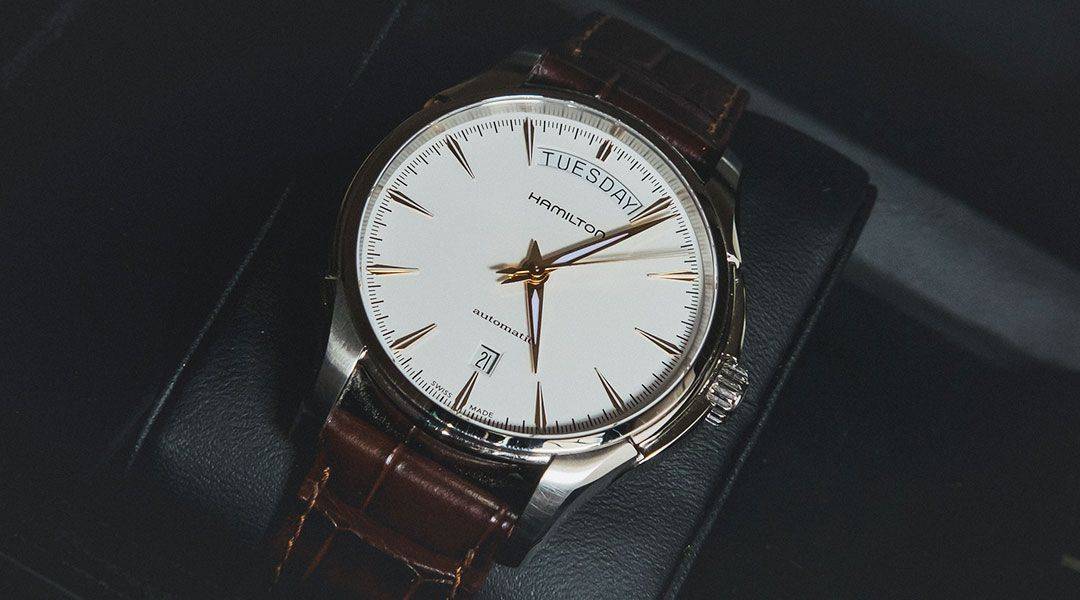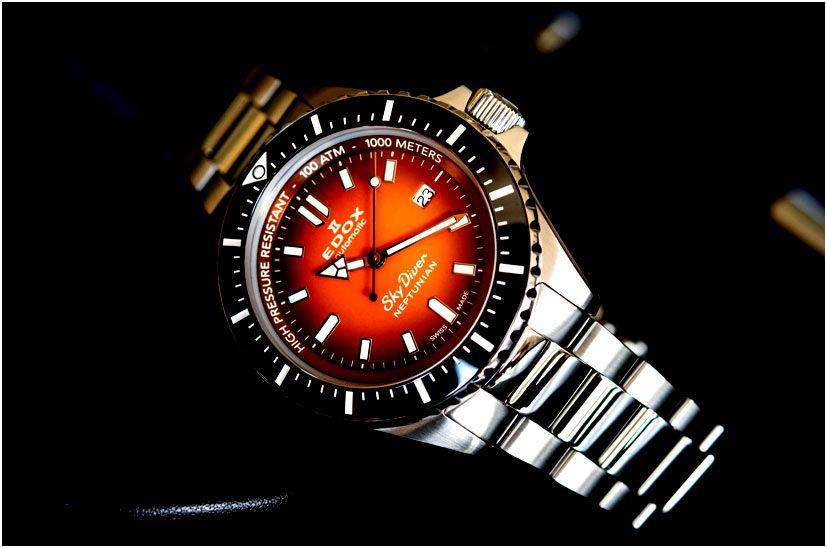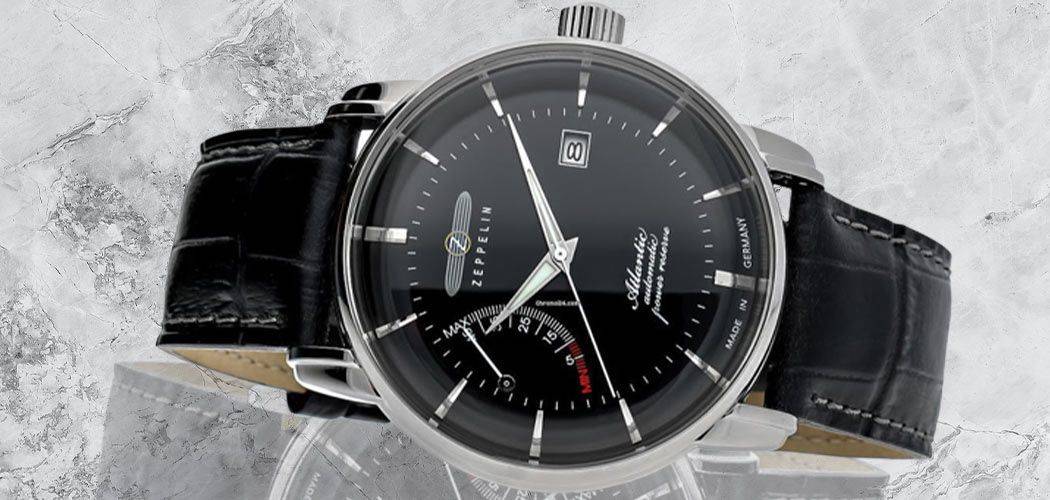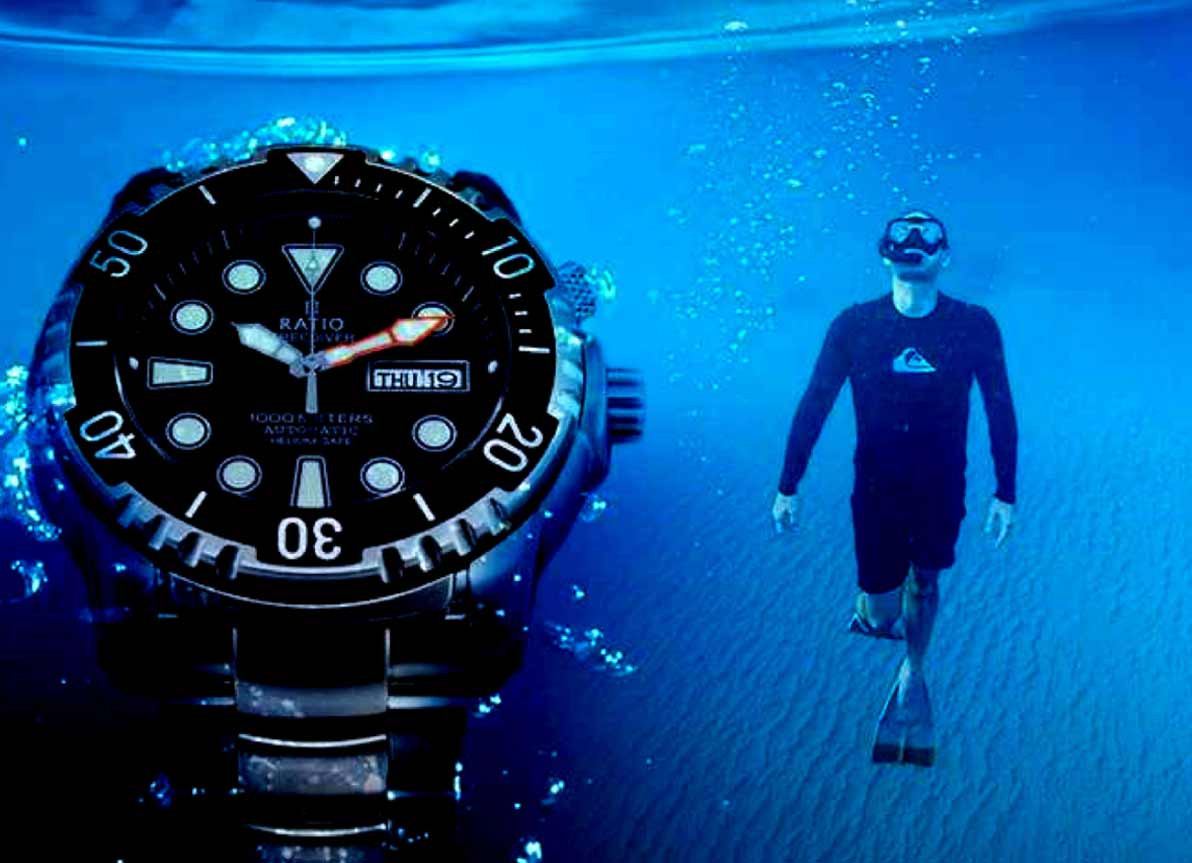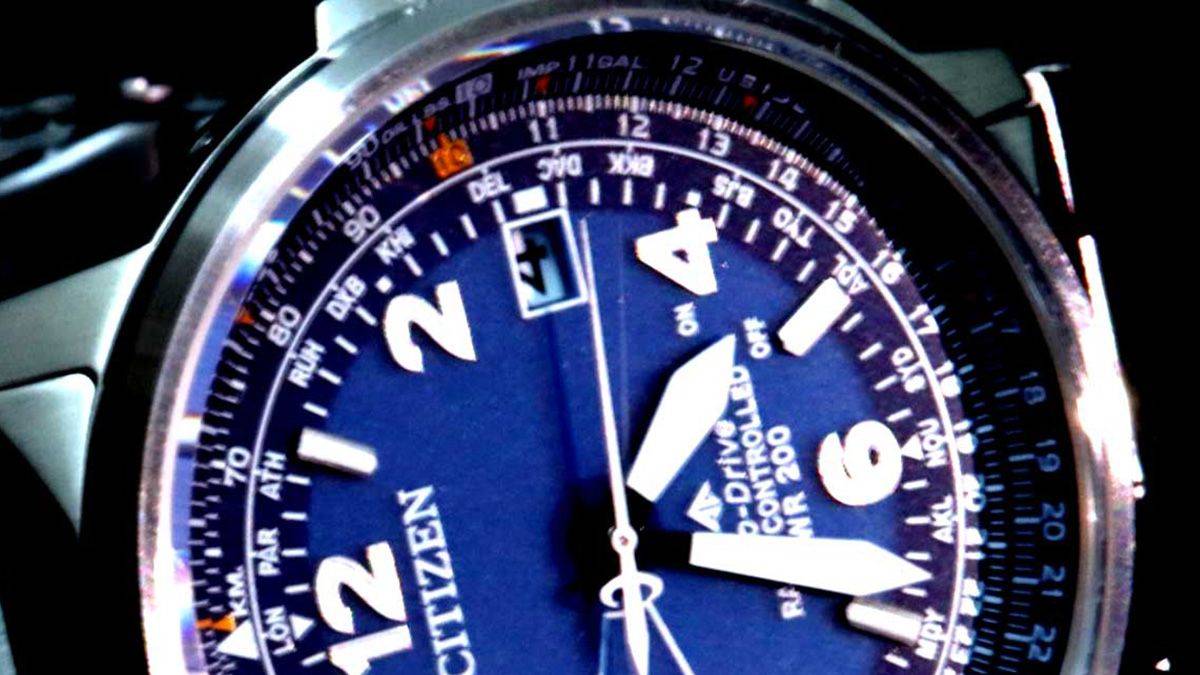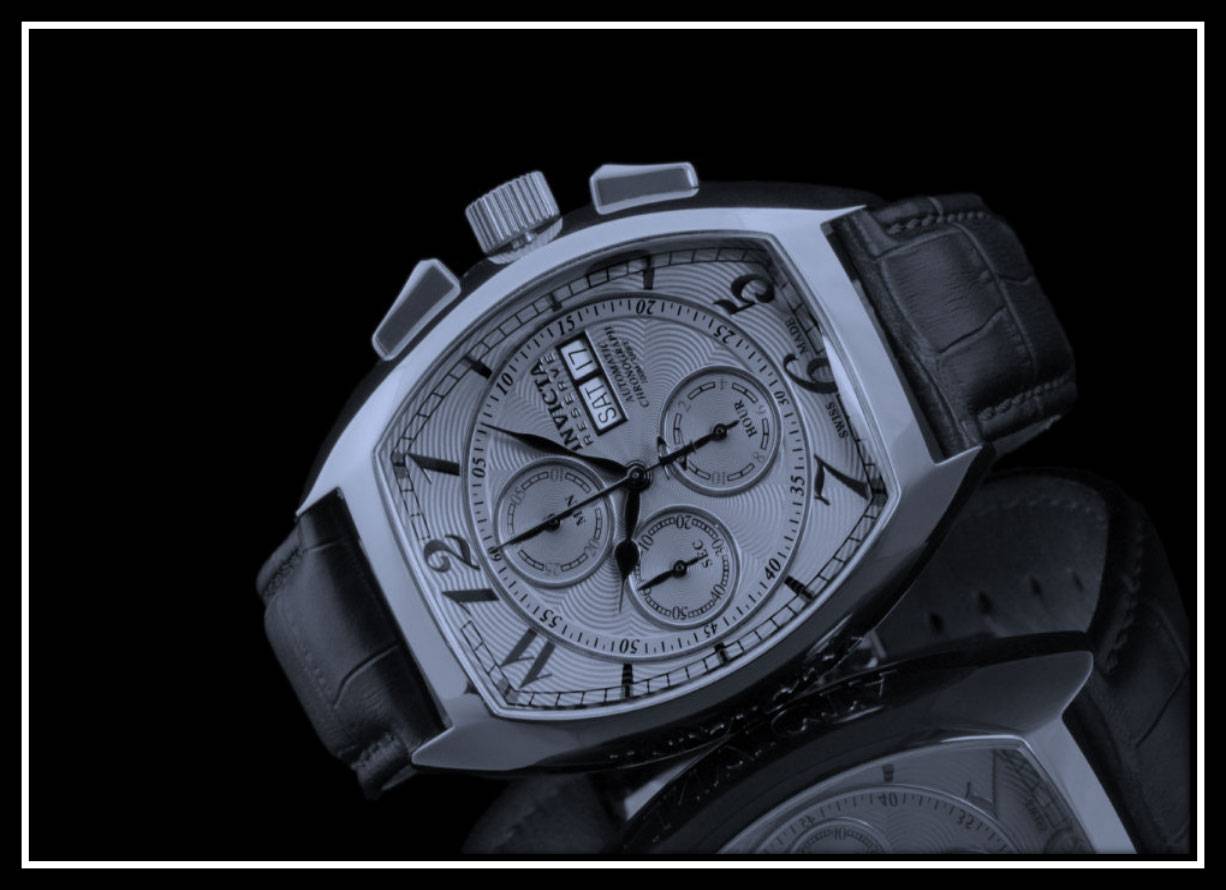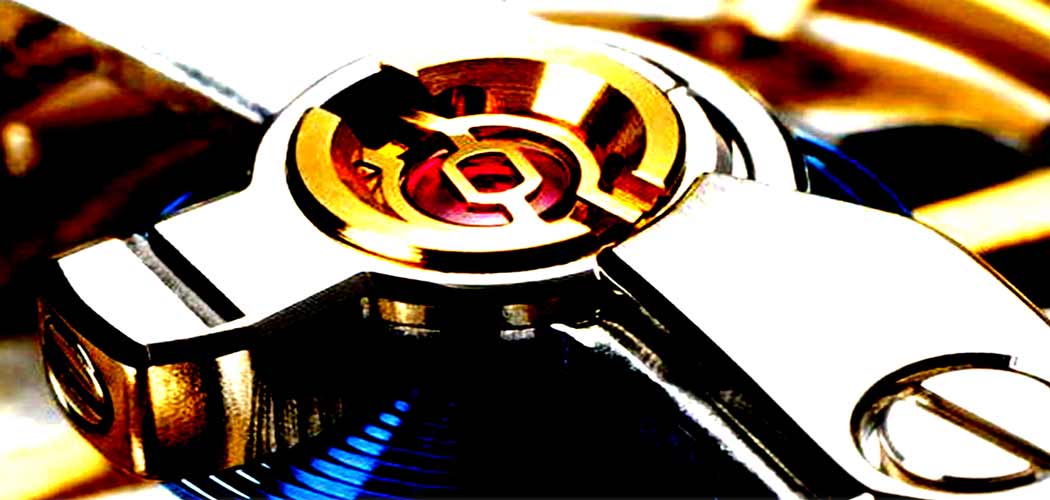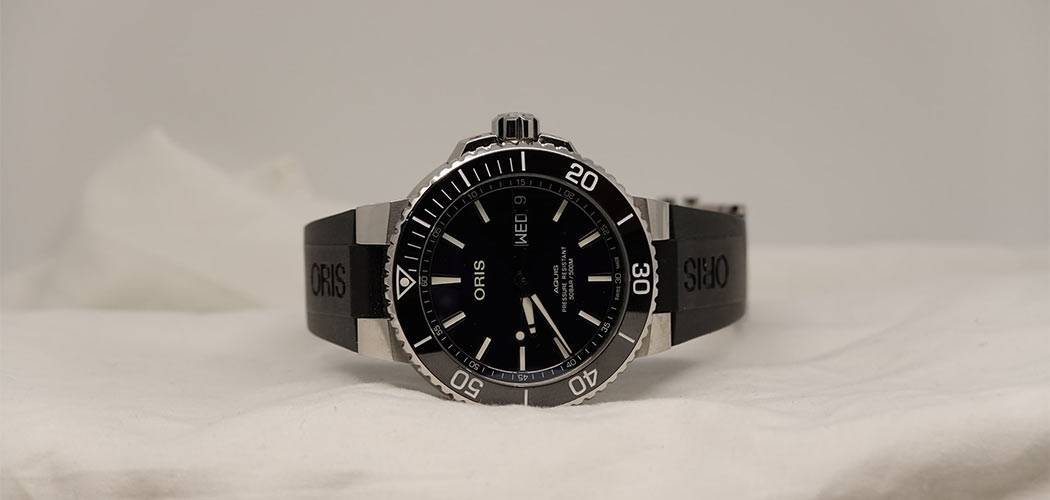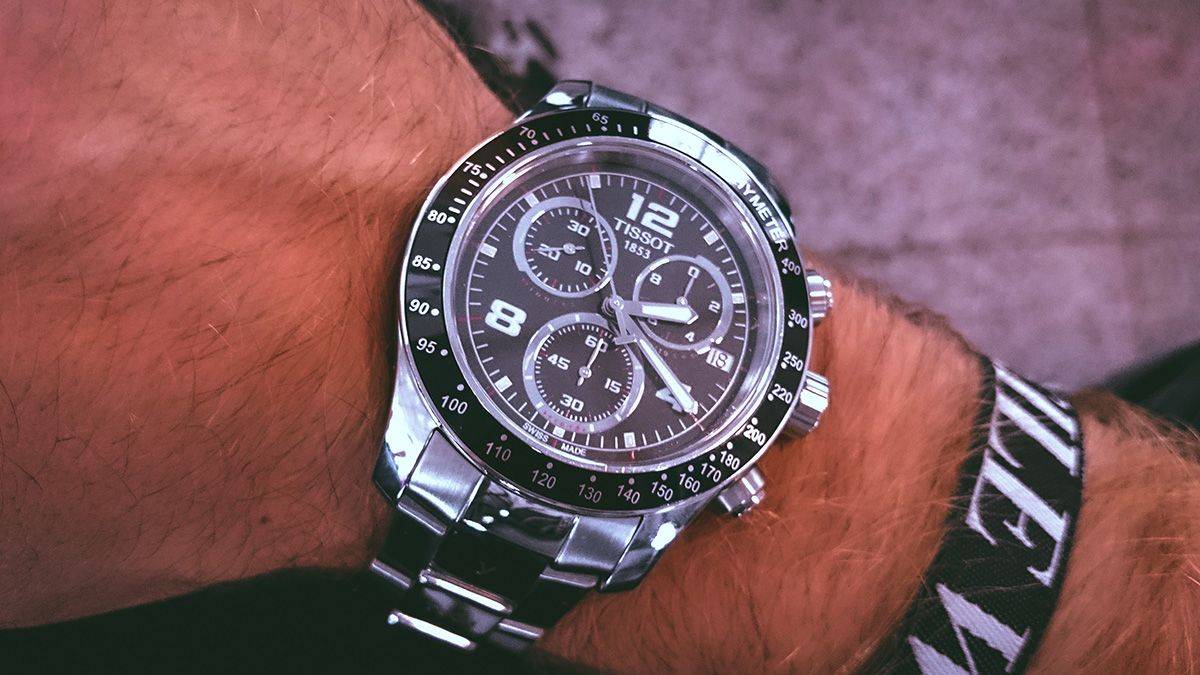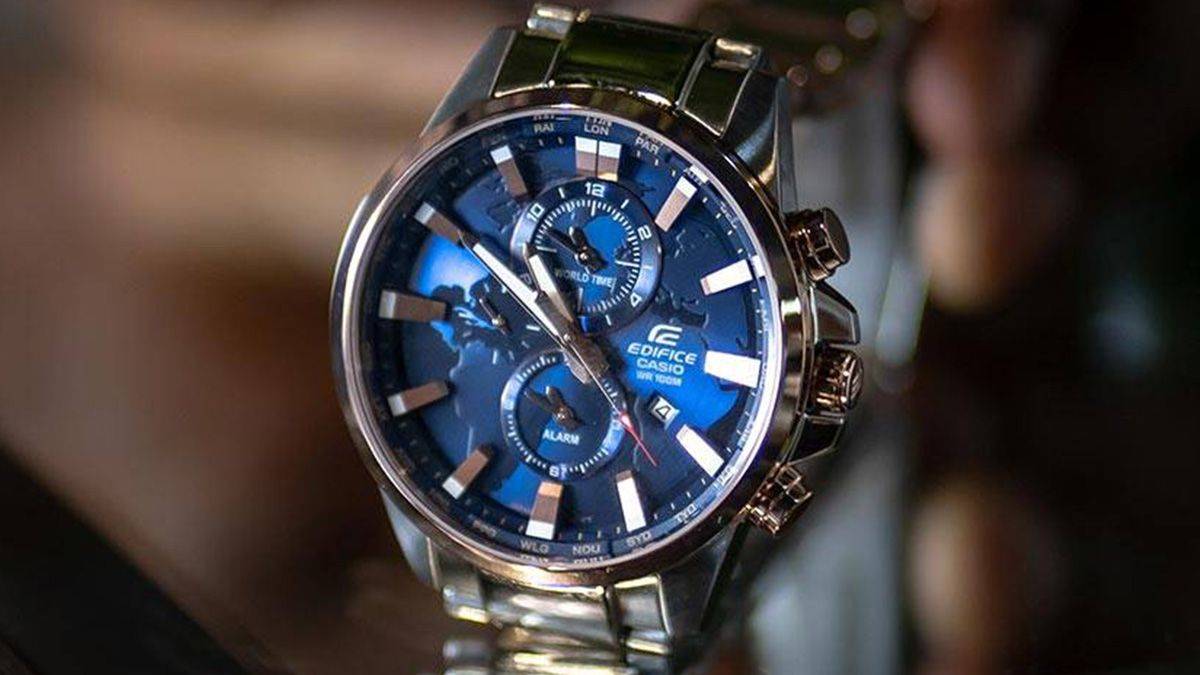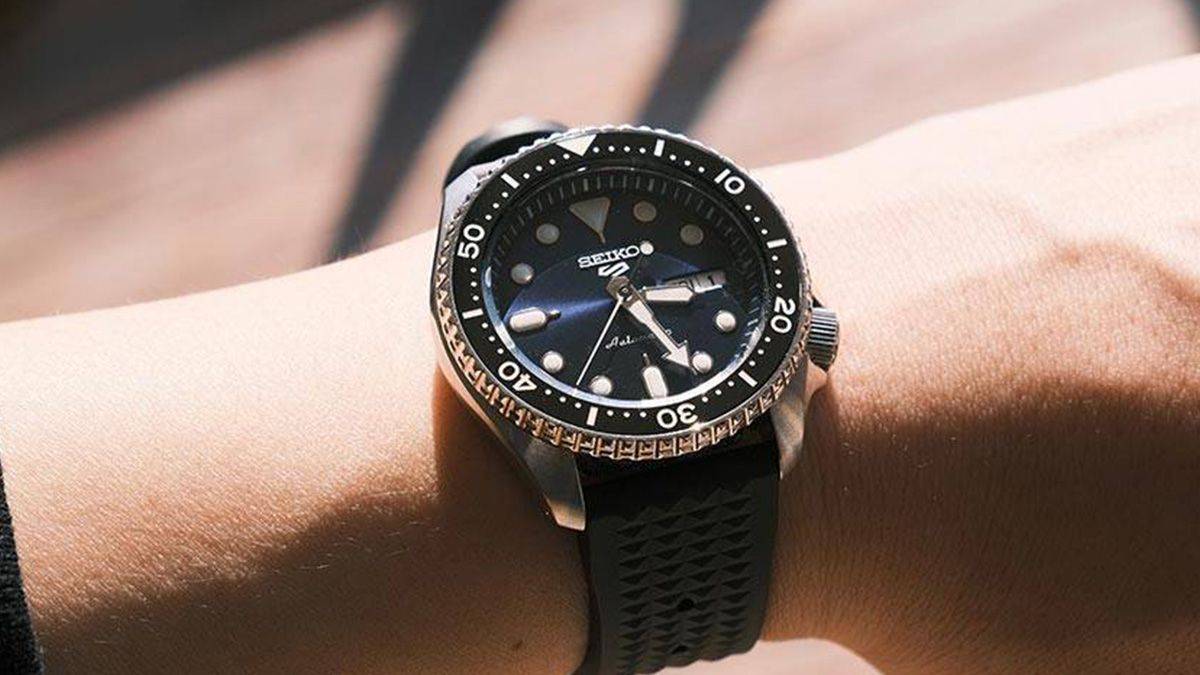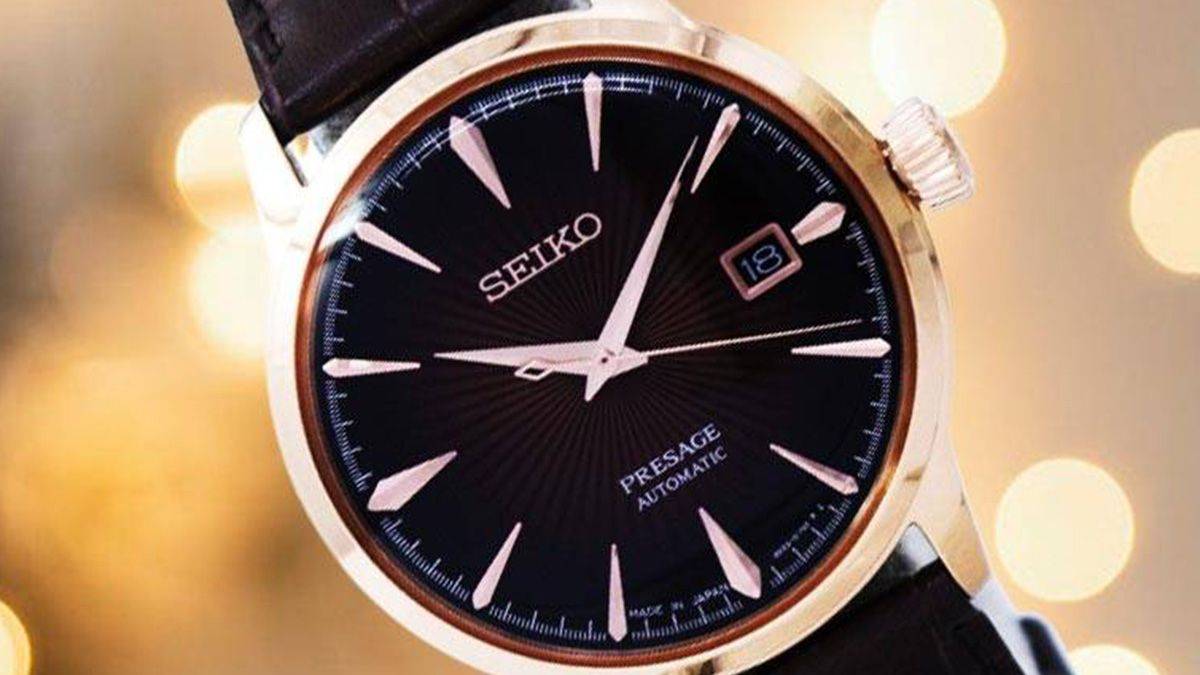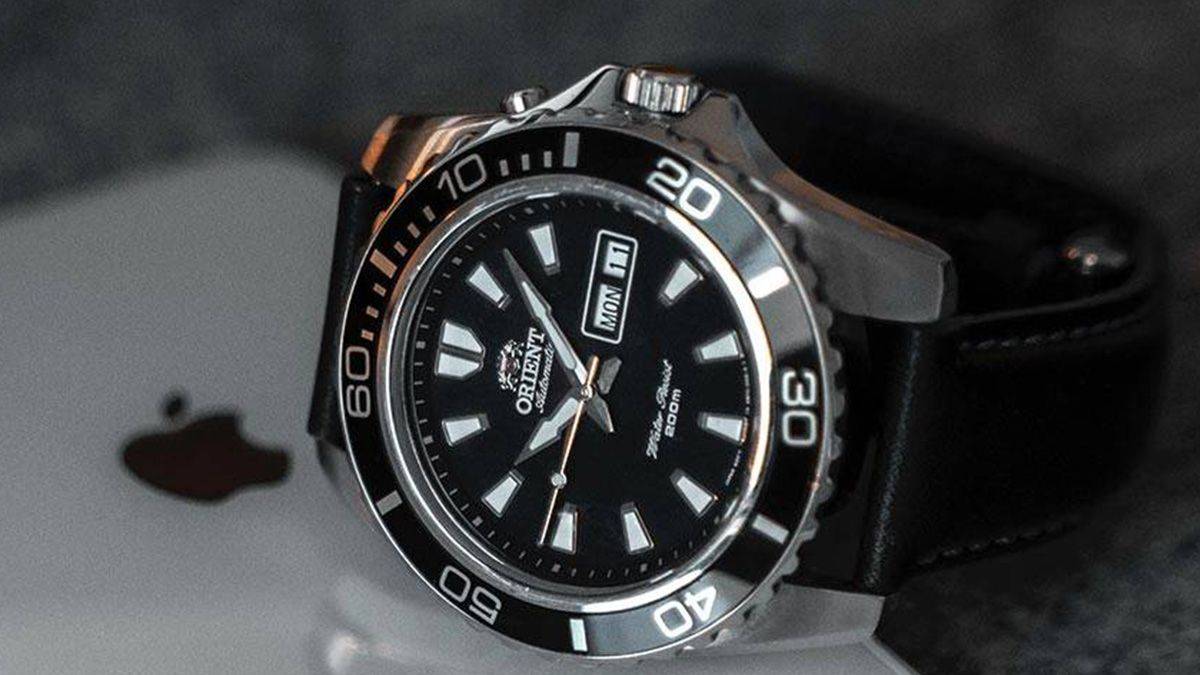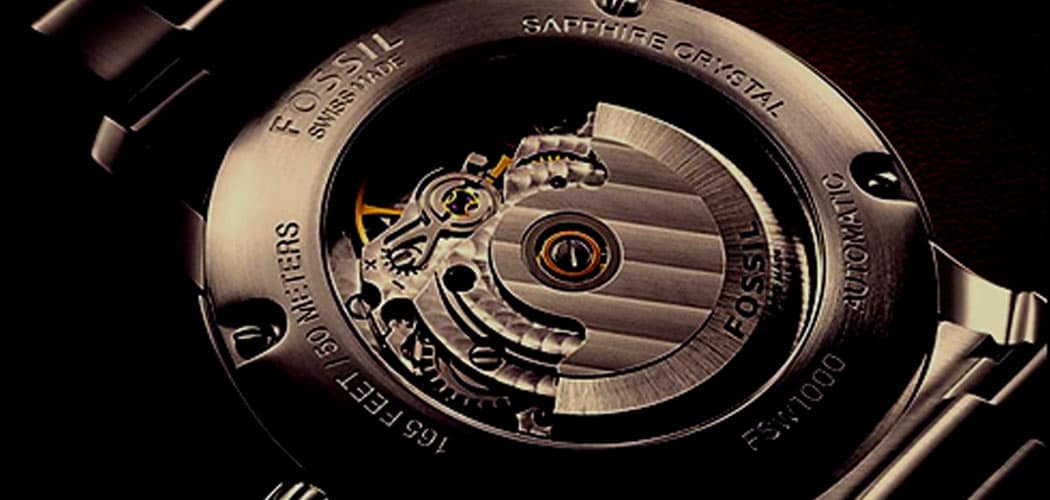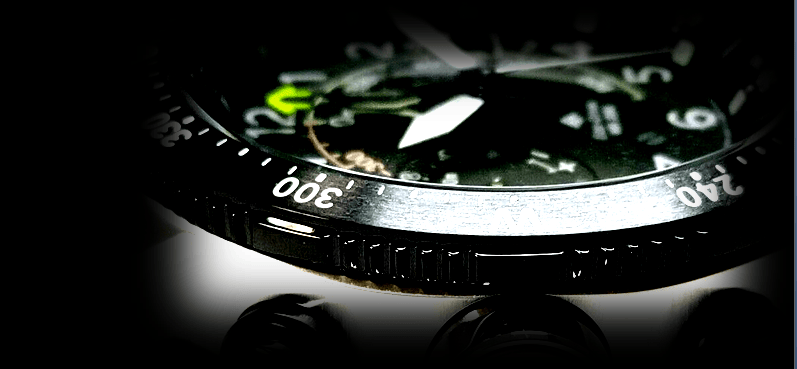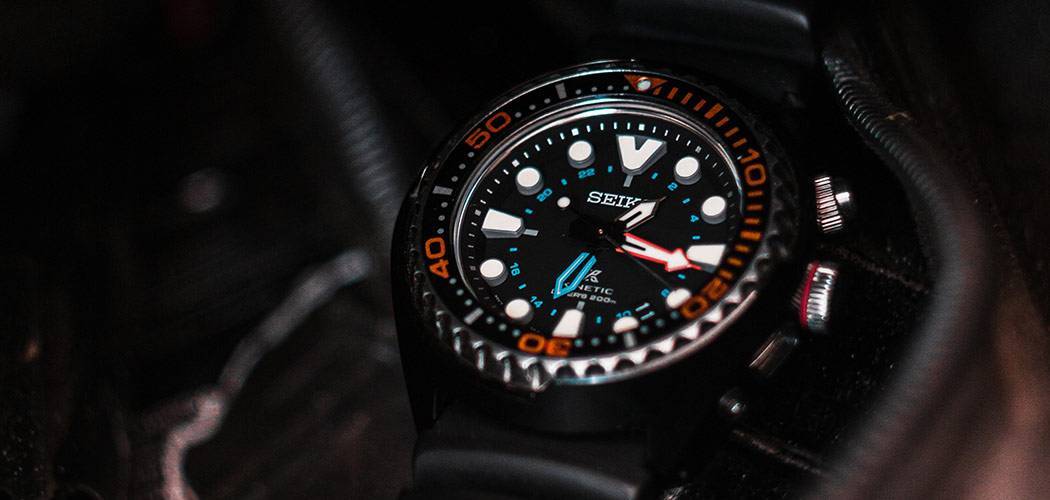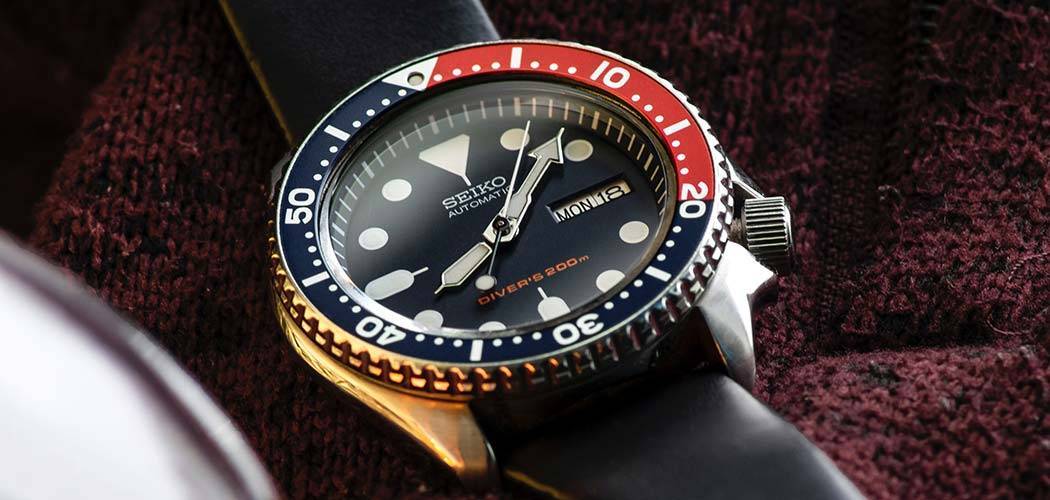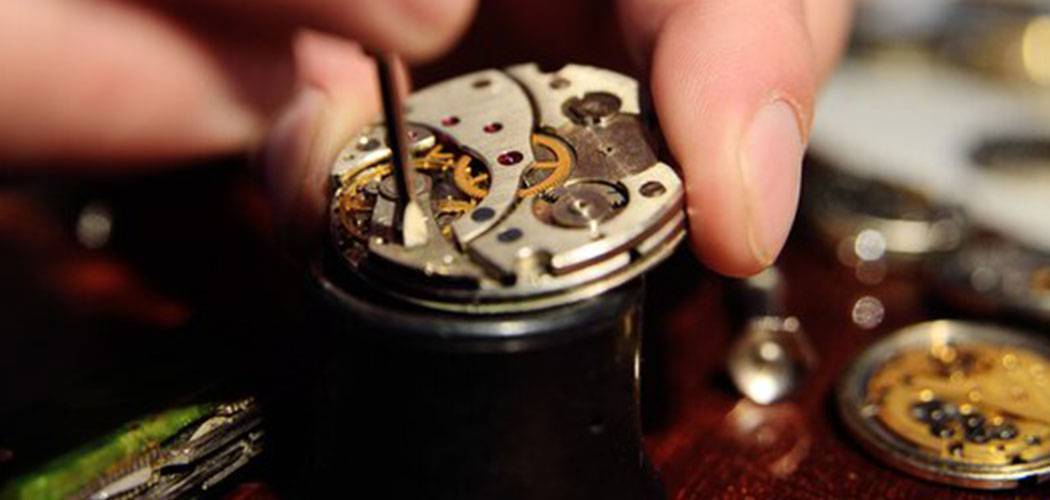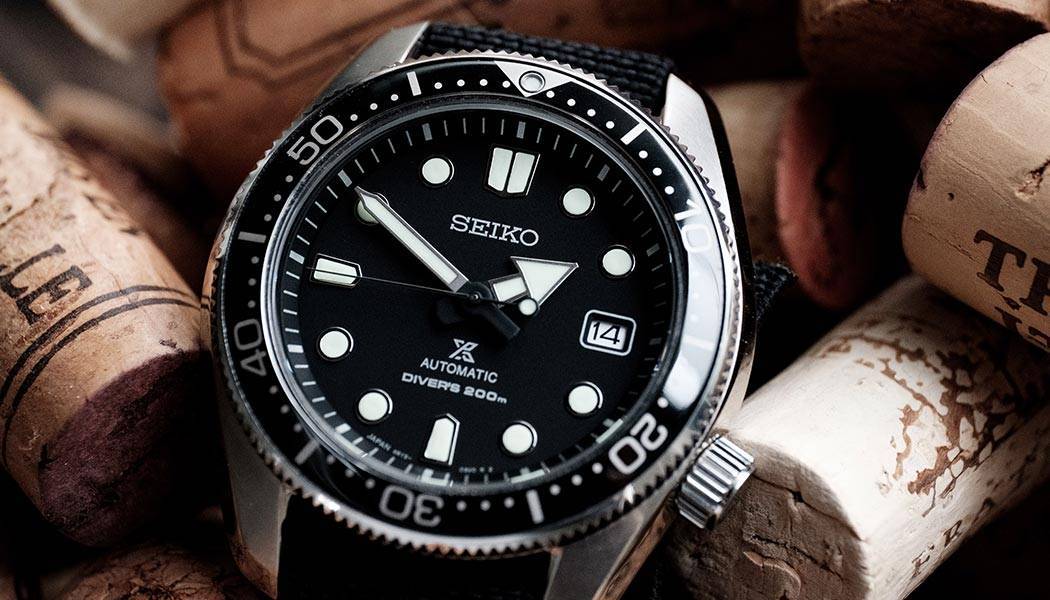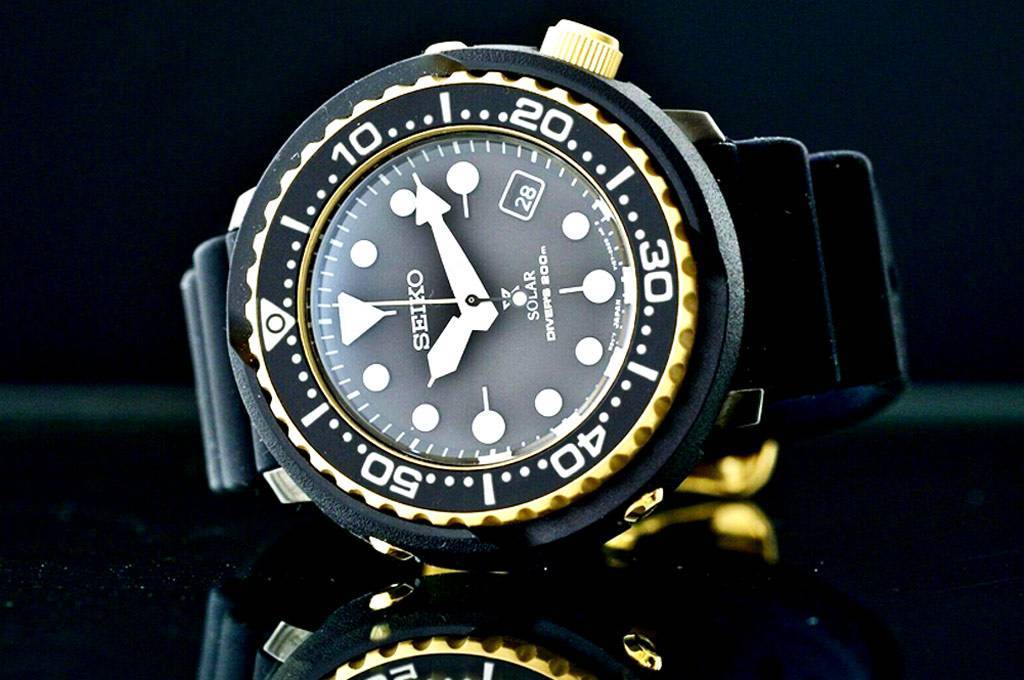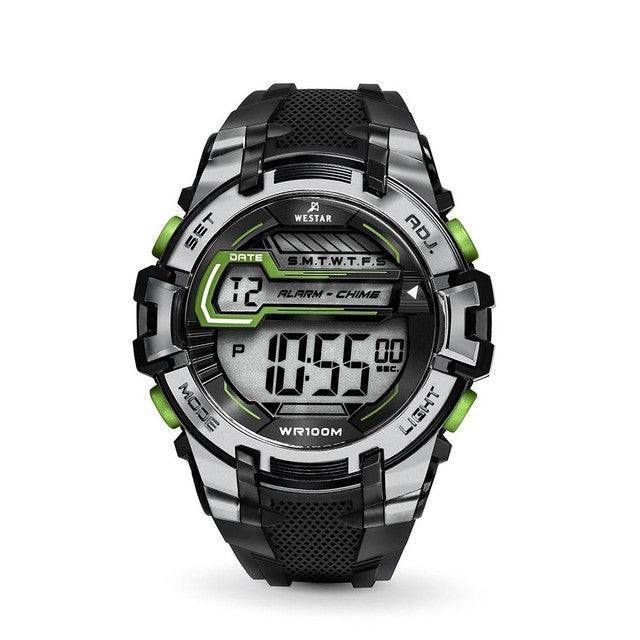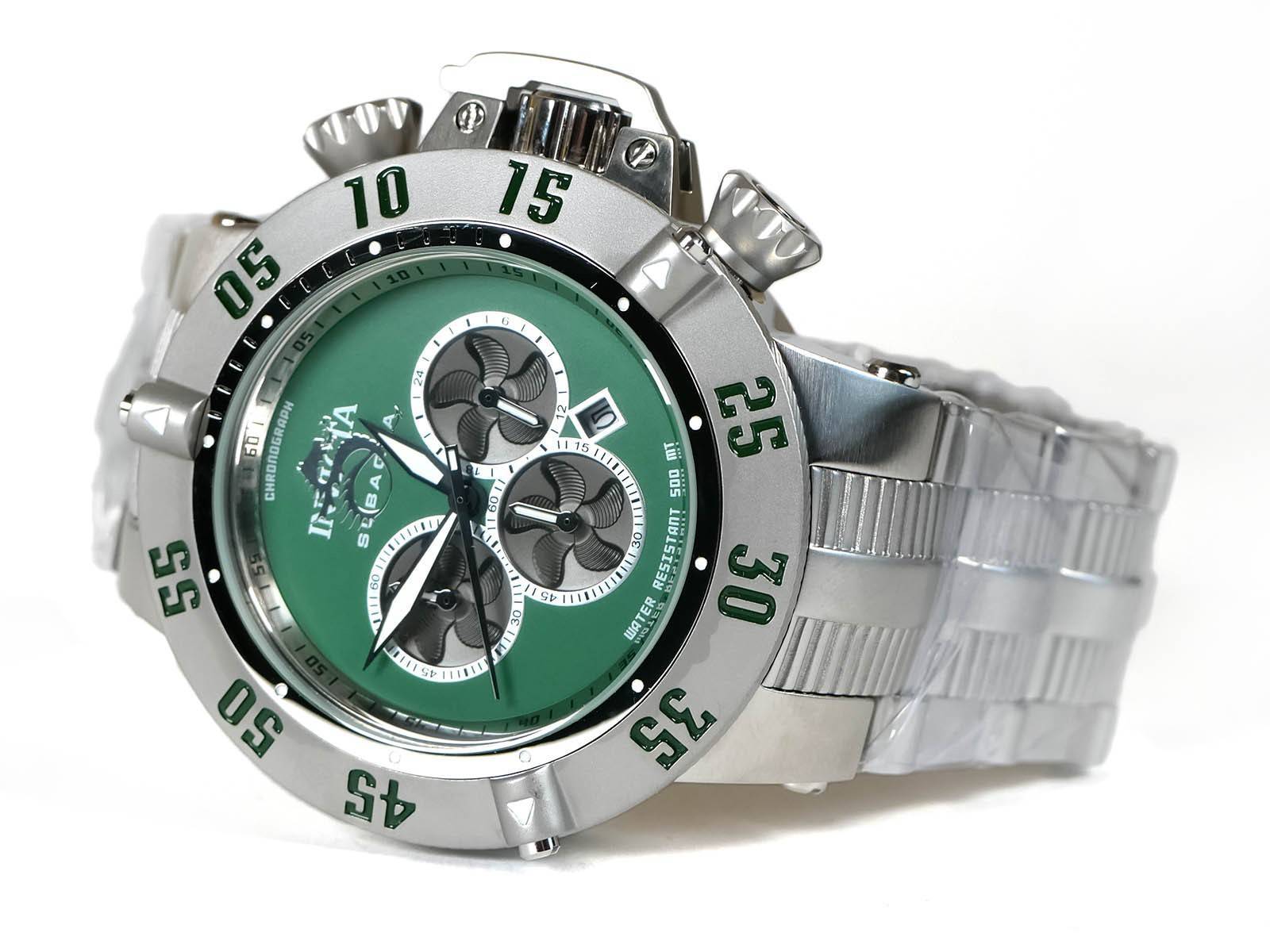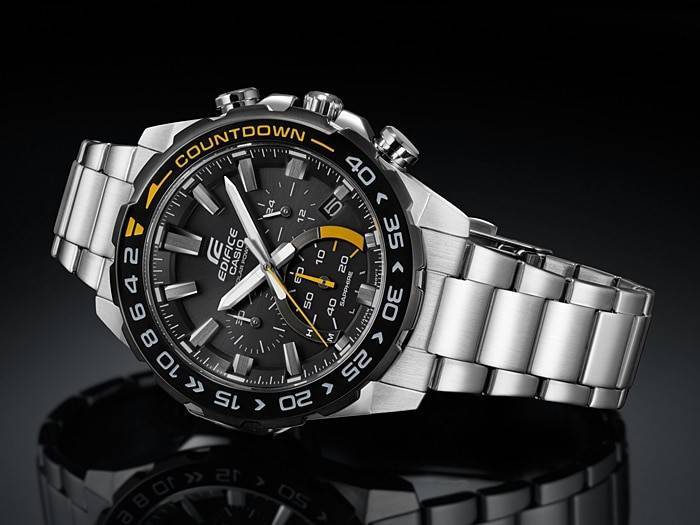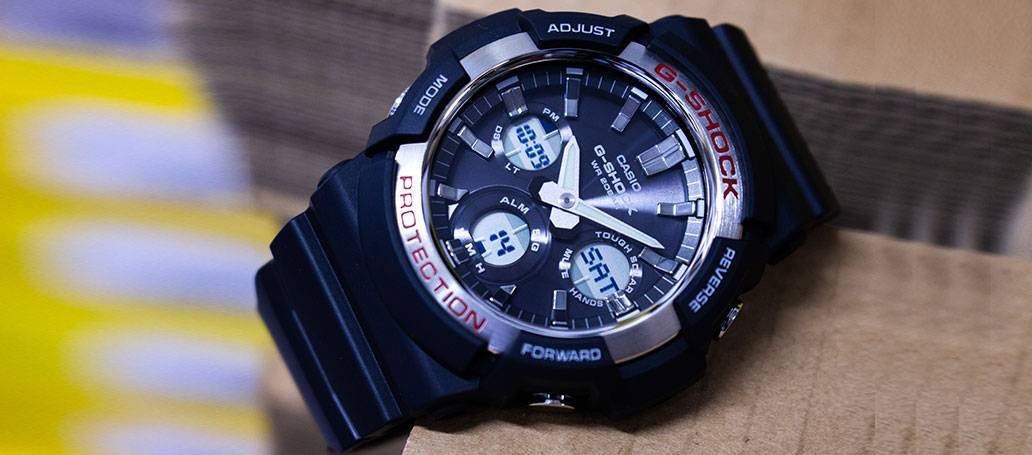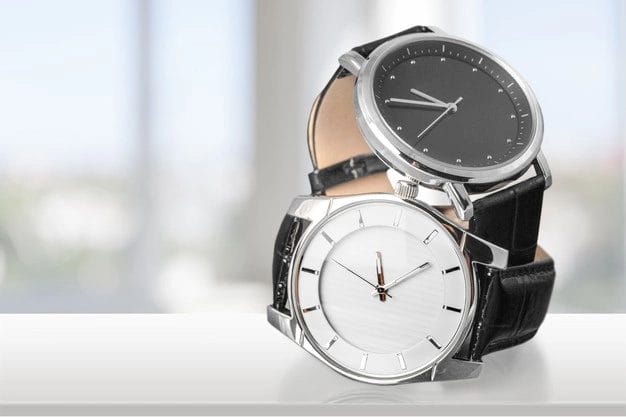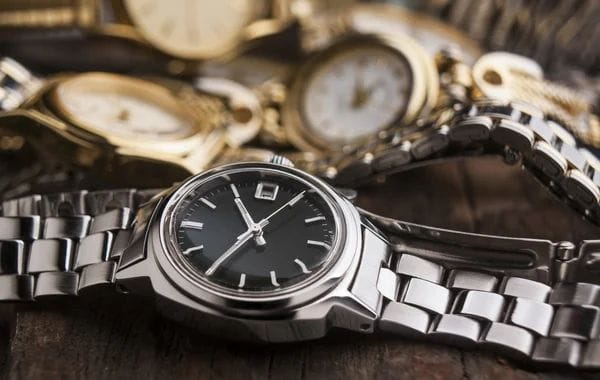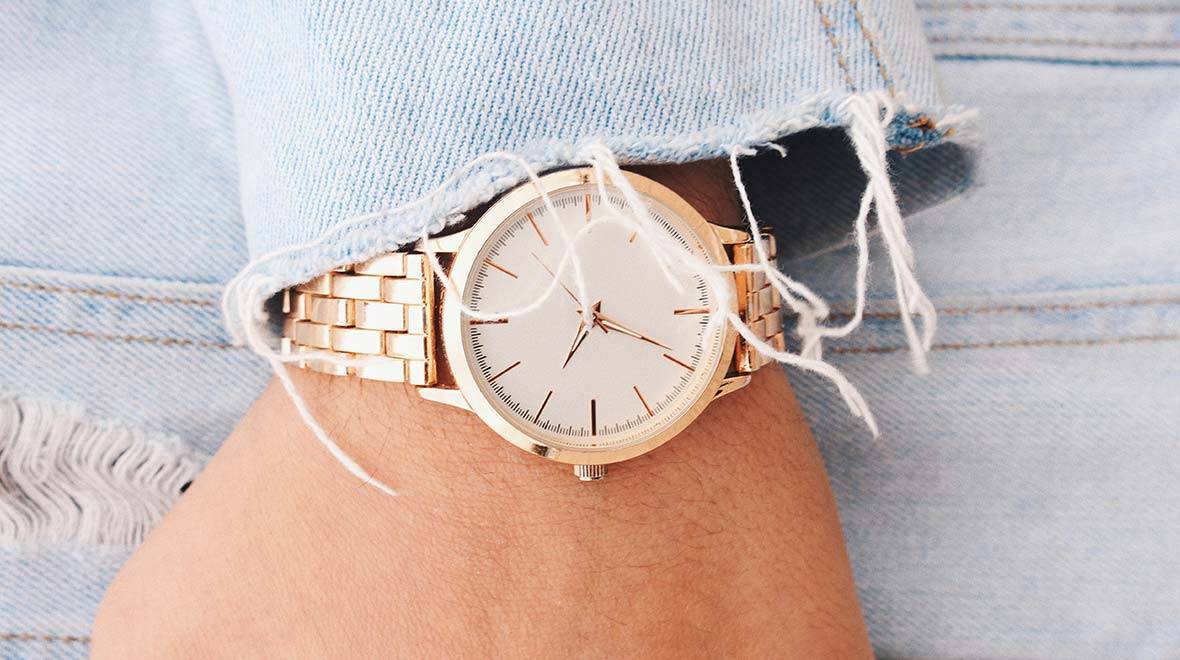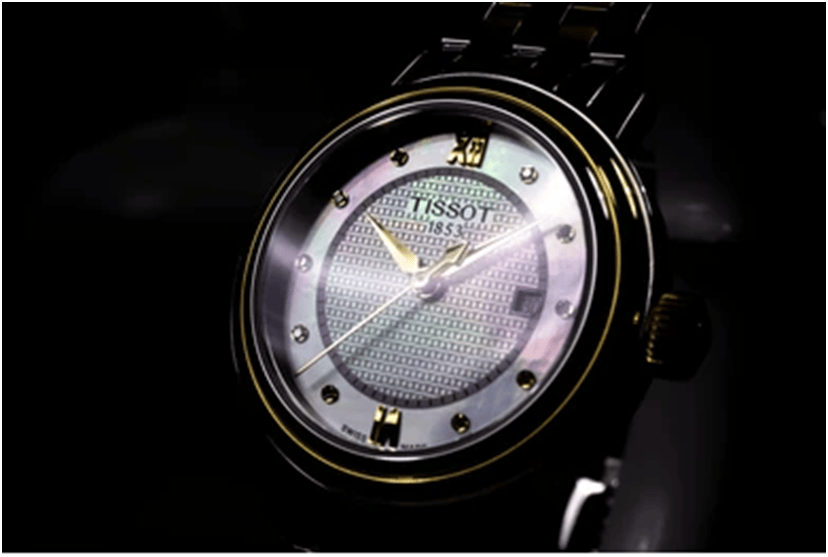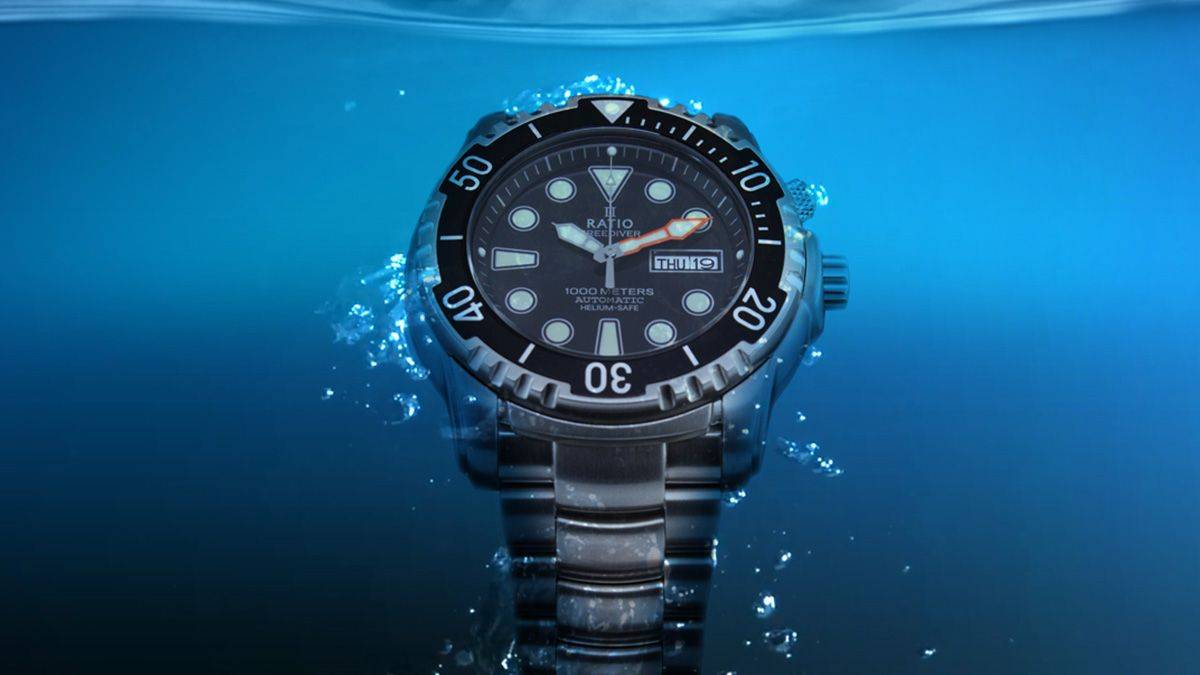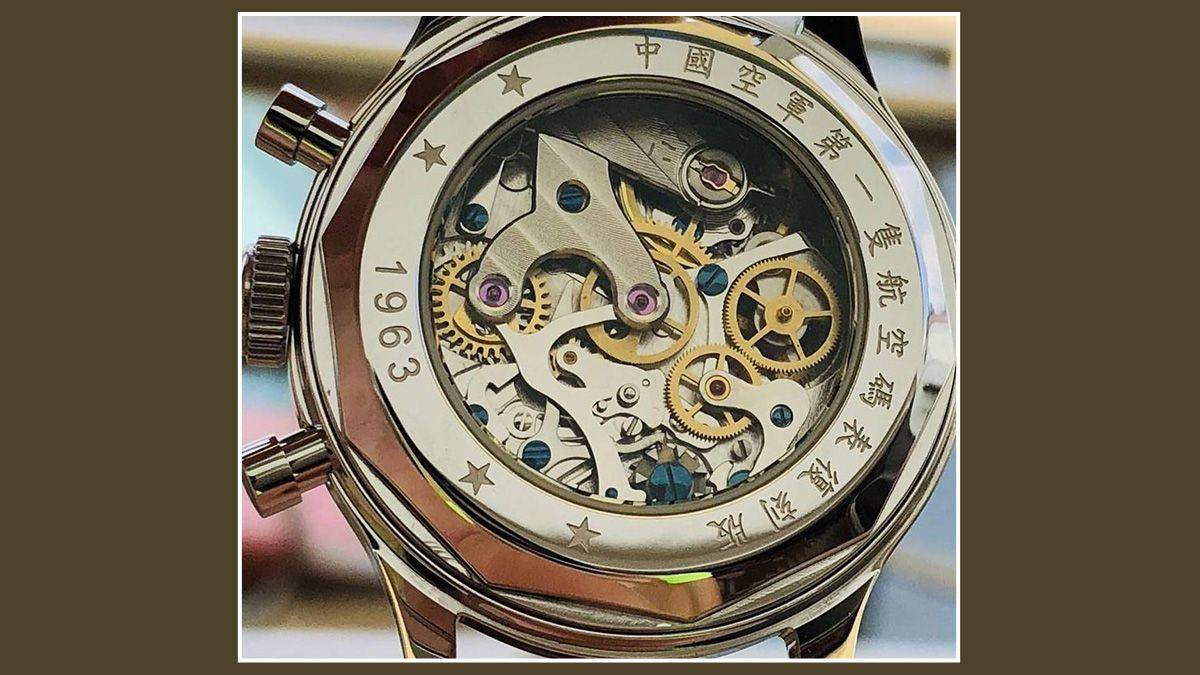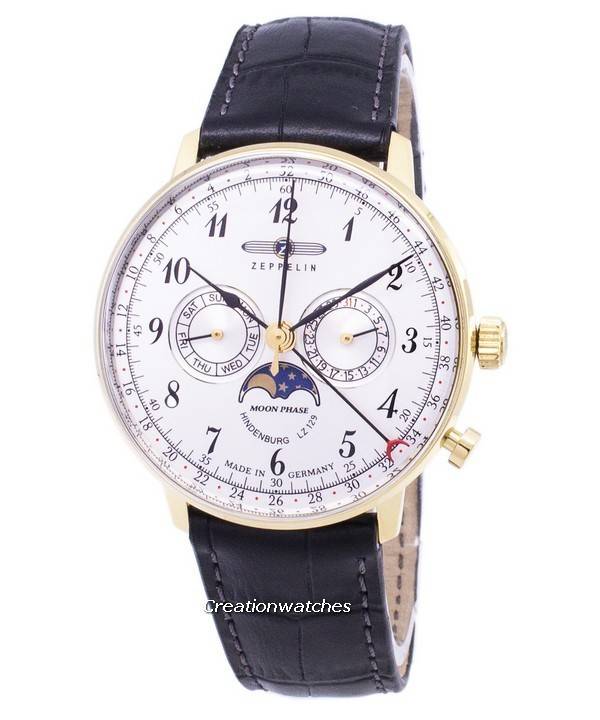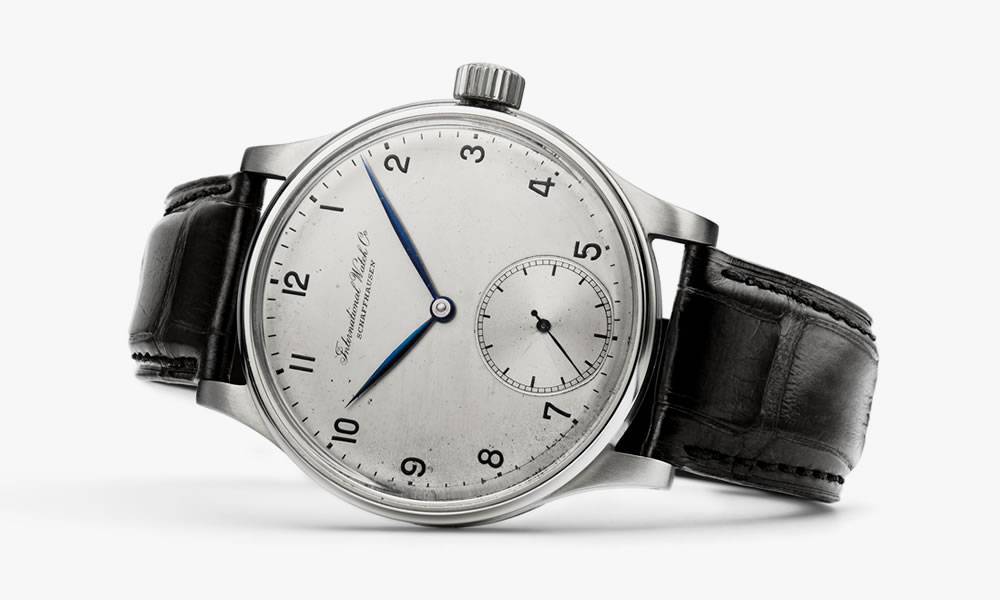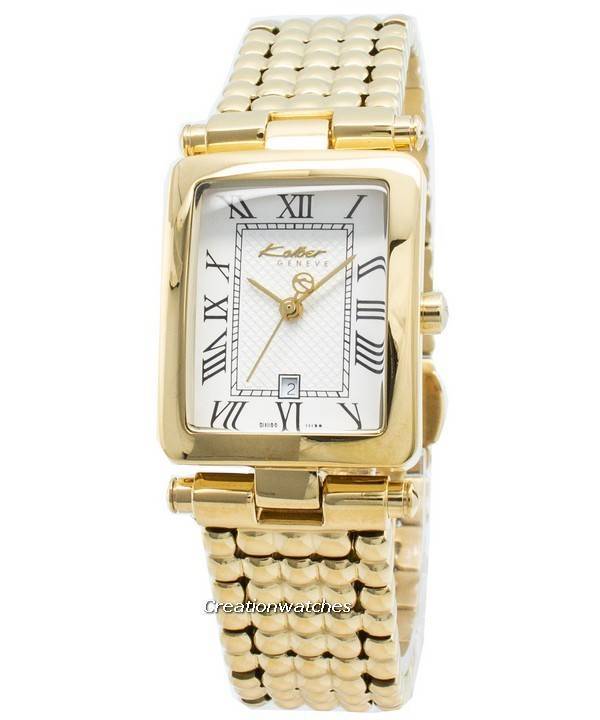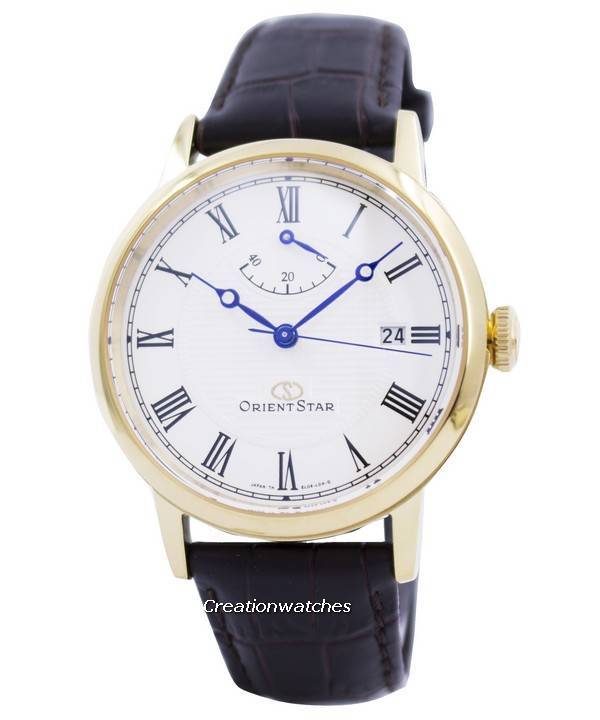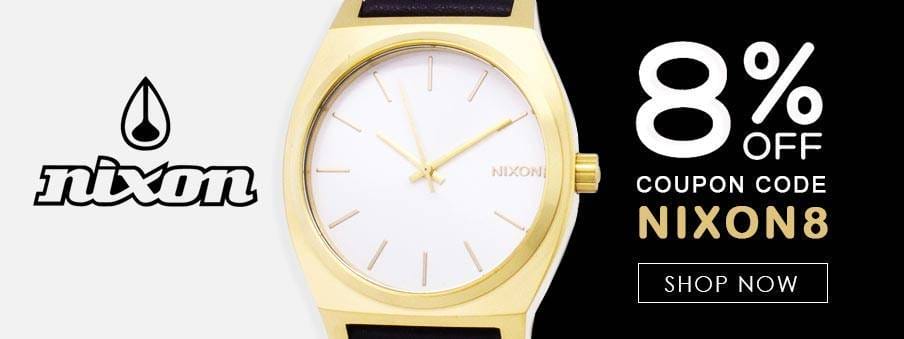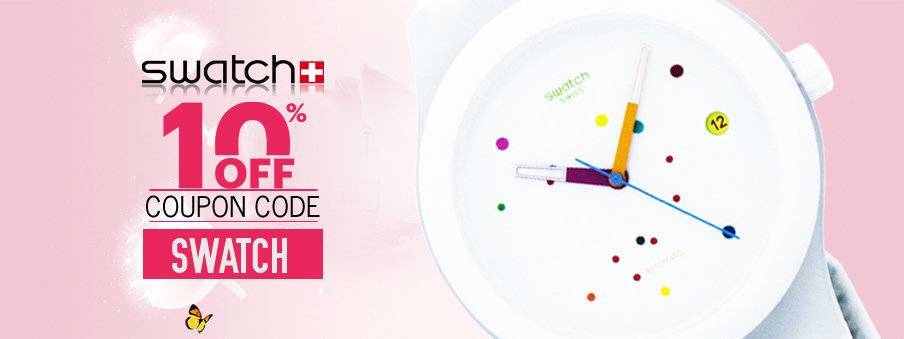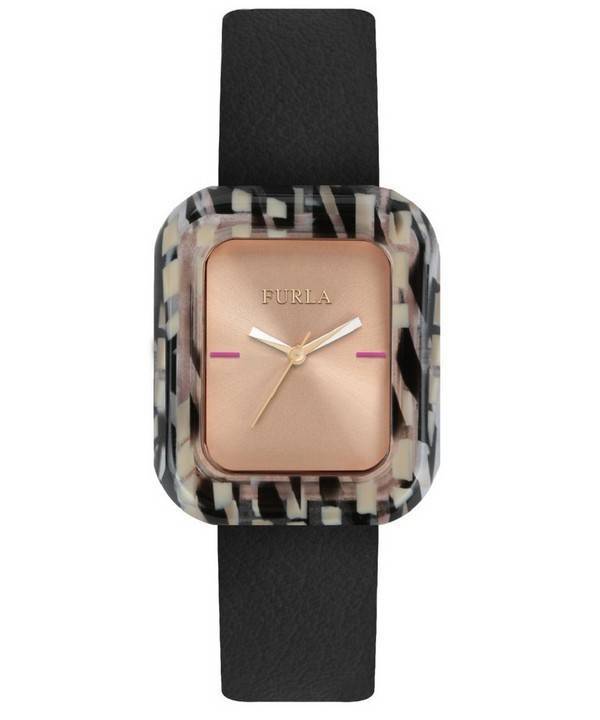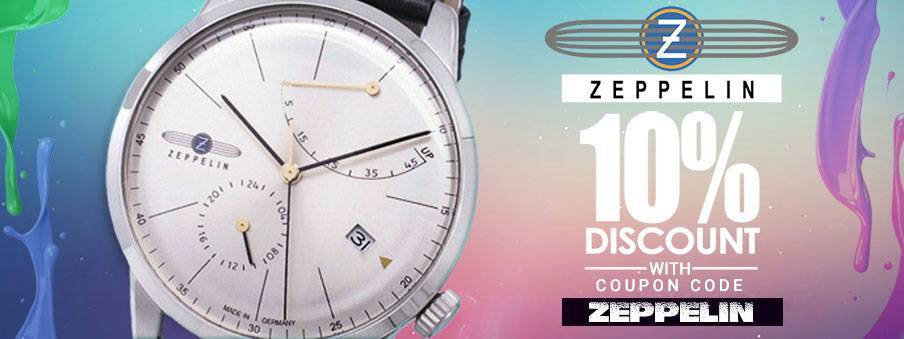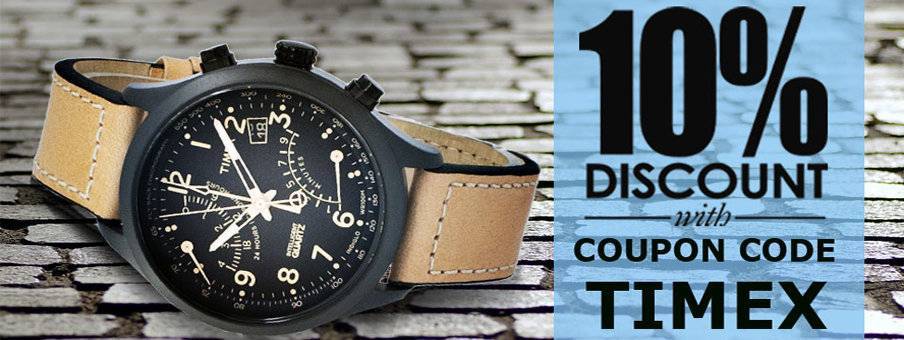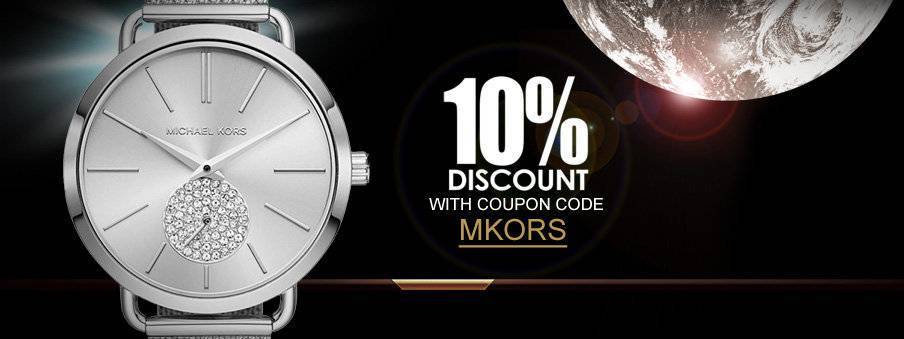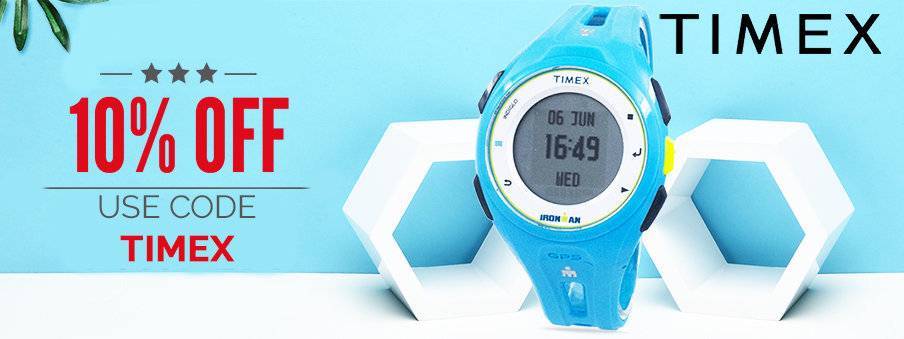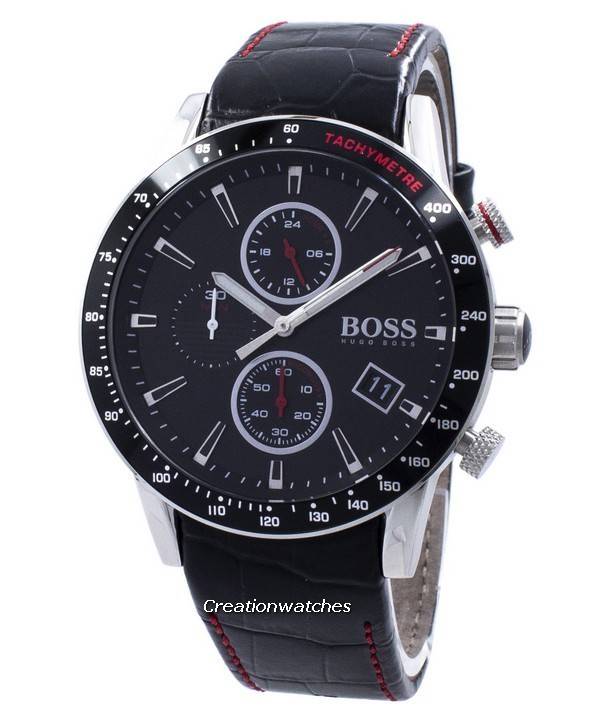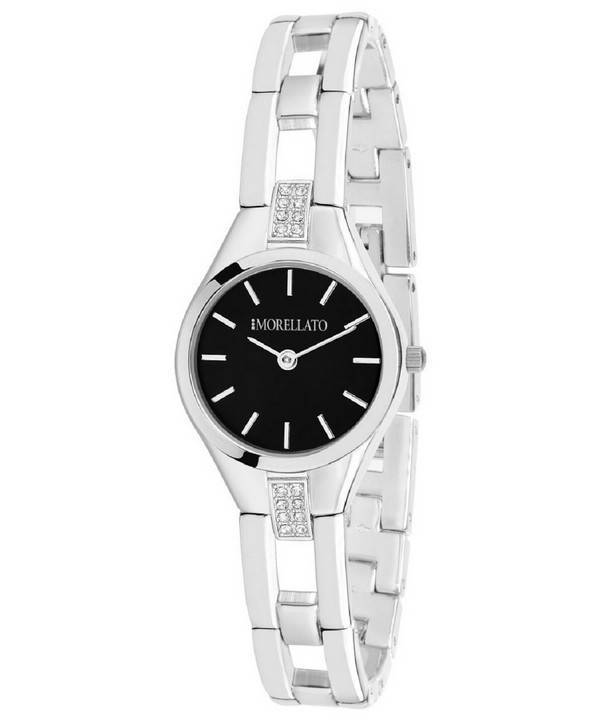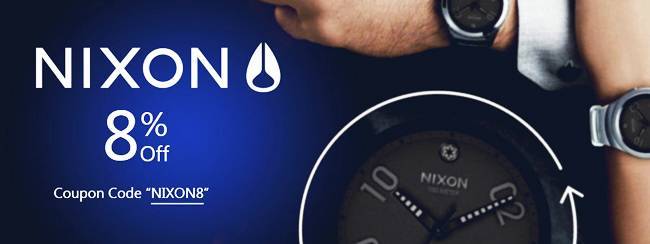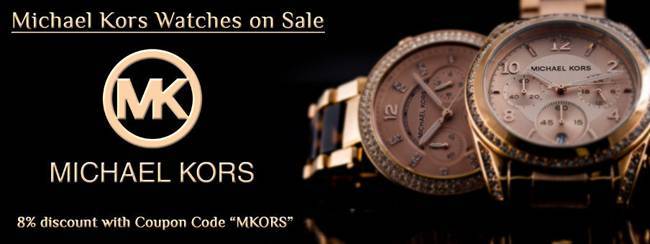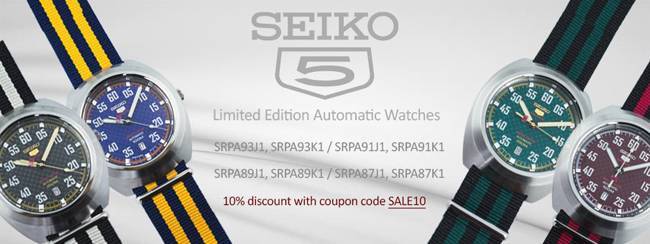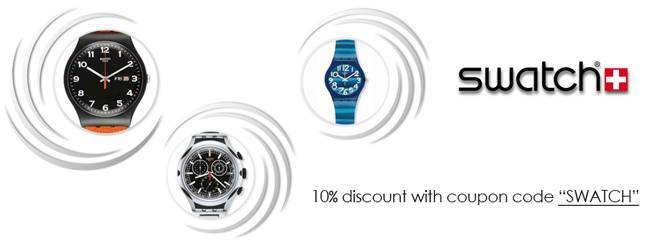
- August 7, 2021
- Watch Gonzo
- 0
Ratio is known to offer both domed and flat sapphire crystals cheaper than anybody else.
Sapphire and its many myths
Spend some time in the watch forums across the Web and you’ll find many an inquisitive soul – the unseasoned surfers of the horo-world – expressing great doubts over the structural aspects between domed and flat sapphire crystals and regarding their differences in hardness. From this point, you’ll also find another set of enquiries and discussions stemming that address the curvature amount affecting the strength and visual clarity of a domed crystal, which inevitably, runs into the subject of ARC (anti-reflective coating).
We managed to pile up the most common (and some of the most bizarre) queries about sapphire crystal from multiple sources and create this comprehensive list that will put many of your sapphire-related doubts to rest. As for the few that will be left out, it will be for your experience in the watch kingdom to teach you about them.


Top 10 queries you might have about sapphire
I. How are sapphire and normal glasses different?
a) Ordinary glass is amorphous. Orientation of its atoms is random as opposed to the rigid, well-defined structure of crystalline materials; which is sapphire. It is the same between fused and crystalline quartz.
b) It takes a lot of temperature to break that structure and turn crystal into fluid whereas ordinary glass – by definition – is always in a solid, fluid form.
c) Sapphire is superior to glass because it will maintain its shape at any temperature below its melting point. Conversely, glass changes shape over time, especially at elevated temperatures.
II. Is sapphire a higher version of mineral glass?
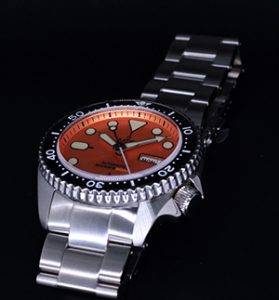
Ratio offers choices in mineral crystals too!
Sapphire is a single crystal – Aluminum Oxide (Al2O3) – colorless and optically clear. Synthetic sapphire, grown in bulk (boules; max 300mm in diameter) into different shapes (sheets, ribbons, tubes and domes) are very smooth, high in purity and optically translucent, requiring grinding and polishing to become transparent.
Mineral glass is ordinary tempered glass made from silica; half the hardness of sapphire, easy to make and is relatively cheaper to produce.
III. Is there an alternative to sapphire?
Mineral glass, with added treatments, can be a worthy and economical substitute to sapphire; but it comes up short when it’s about scratch resistance. For its clarity and strength, sapphire is always the choice for luxury watches.
IV. At what point does the curvature become a disadvantage?
A disadvantage of sapphire glass is the comparatively strong refraction of light, which often leads to reflections, limiting the readability of a watch. This increases with thickness of the mid-part to avoid which, sapphire glasses are given anti-reflective coating on both sides. Usually, a sapphire glass with more than 2mm thickness of the sides and the greater the curvature of the dome, more limited will be the viewing angle.
V. Is a domed sapphire crystal ALWAYS a disadvantage compared to a flat one?
A domed crystal is stronger than a flat crystal of comparable thickness, the shape of the dome works much like an arch does; spreading the force over a greater area than a flat crystal. So, a domed crystal is less likely to shatter or crack and offers better visibility under water than a flat crystal of comparable thickness.
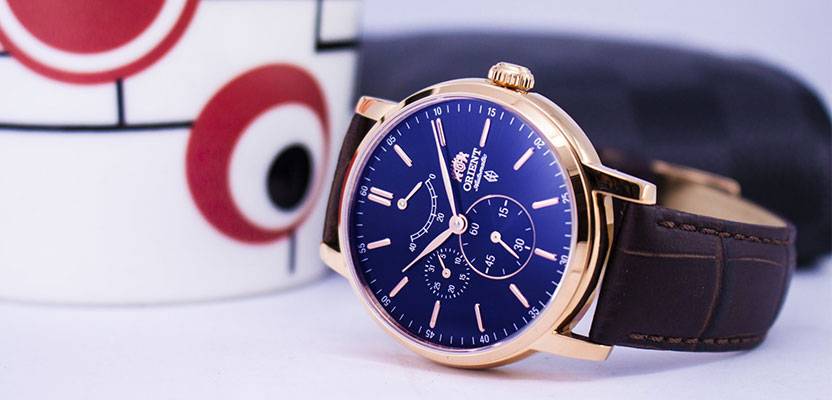
VI. Does domed sapphire scratch easier?
Sapphire glass contains a crystalline structure which makes it highly scratch-resistant. After moissanite and diamond, it is the third-hardest transparent material on the planet. Shed your inhibitions.
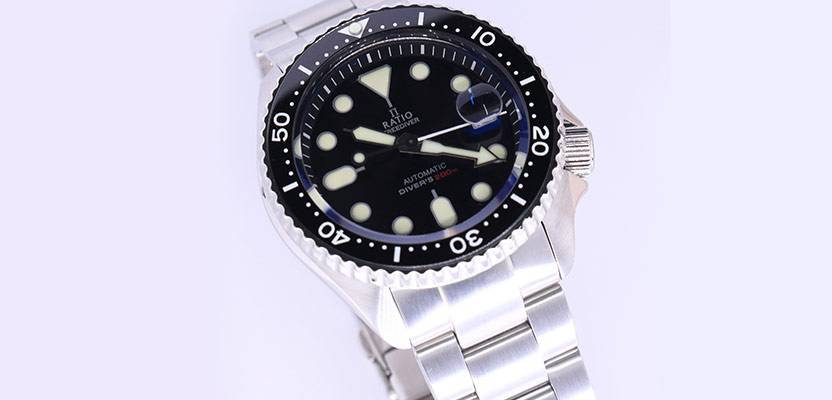
VIII. Are domed sapphires thicker than flat sapphire?
Usually, they are the same along the edges (between 2mm and 4mm) but sapphires are thicker in the middle than mineral crystals; more so, if it’s a double-dome sapphire i.e. domed on both sides.
VIII. Is ARC mandatory for domed sapphire?
For double domed sapphire crystals, yes, it is; for single-domed ones, it depends upon the thickness of the mid-portion i.e. the curvature.
IX. Do flat sapphires receive ARC?
Yes, many mid tier to high-tier luxury watchmakers like Tissot and Hamilton do that.
X. How much would a replacement cost?
Depends upon the brand; however, unless your watch is a Rolex or a Lange, expect anything between $30 and $150 to get you a brand new sapphire crystal.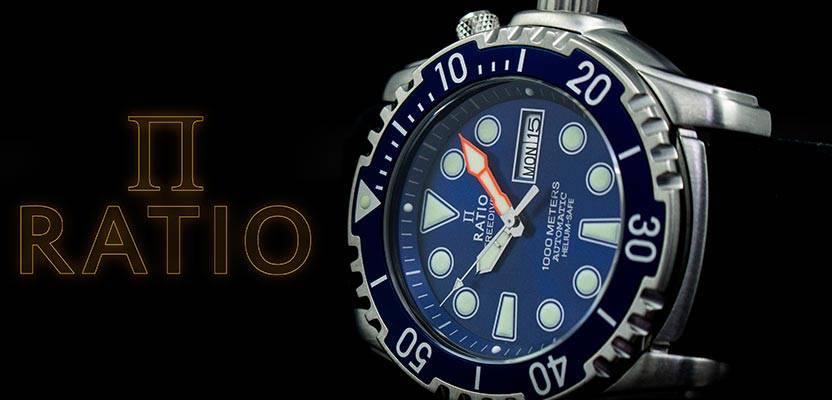
Drop a reply stating what kind of crystal you prefer and why. You may also go for further reading here.













